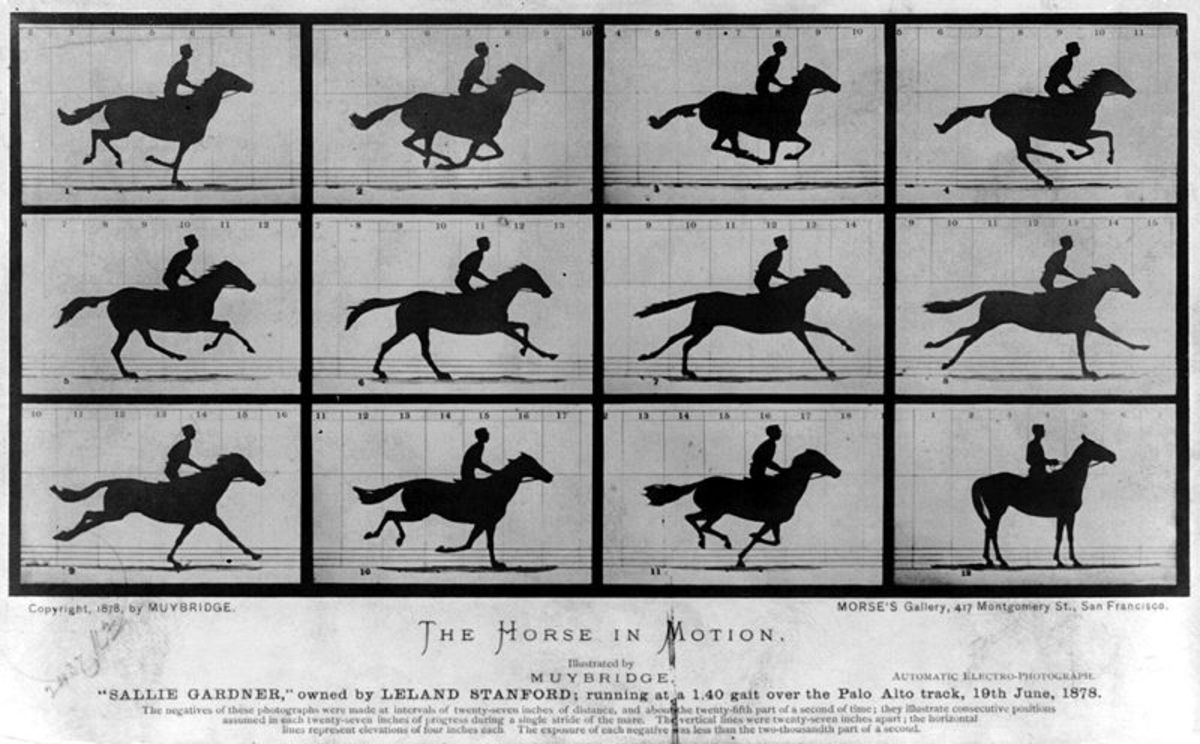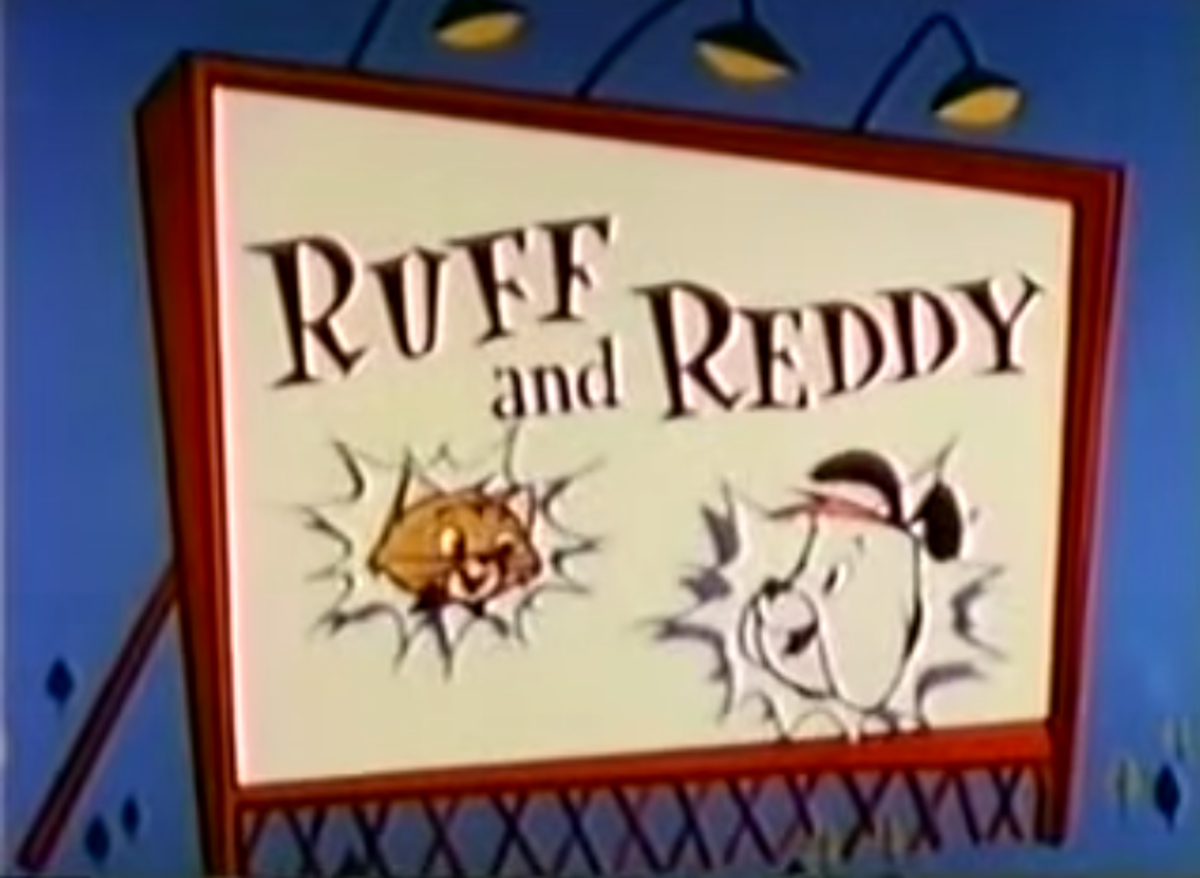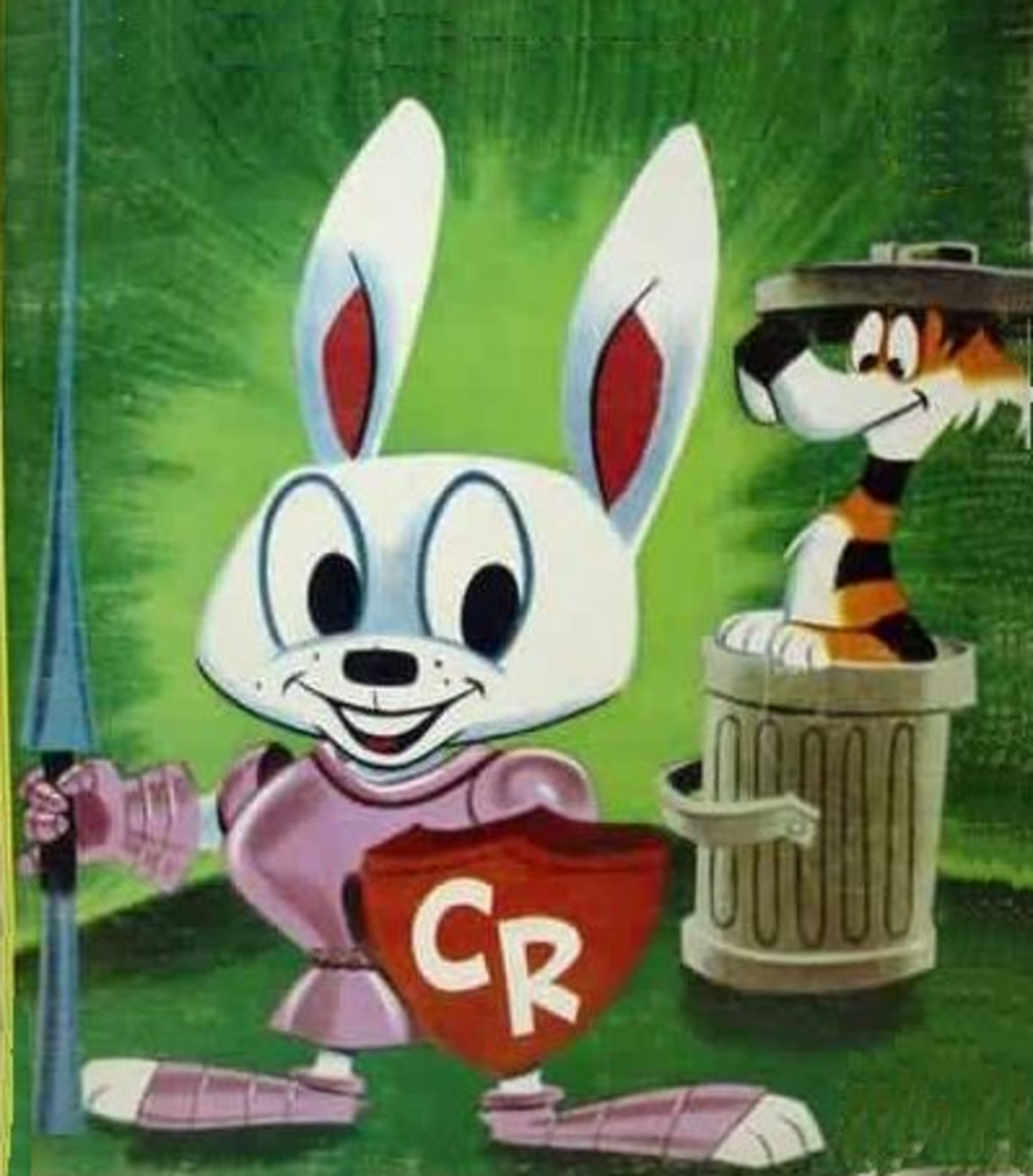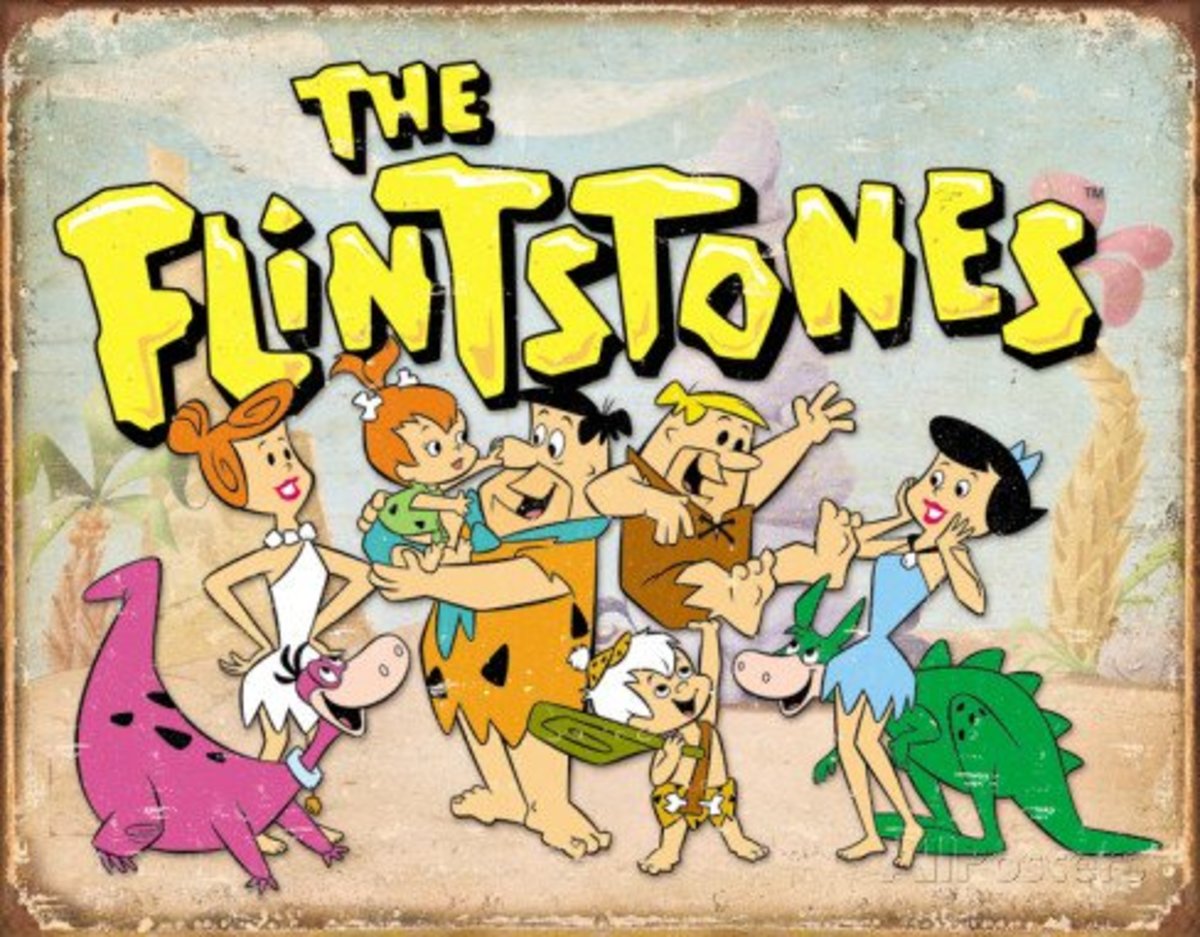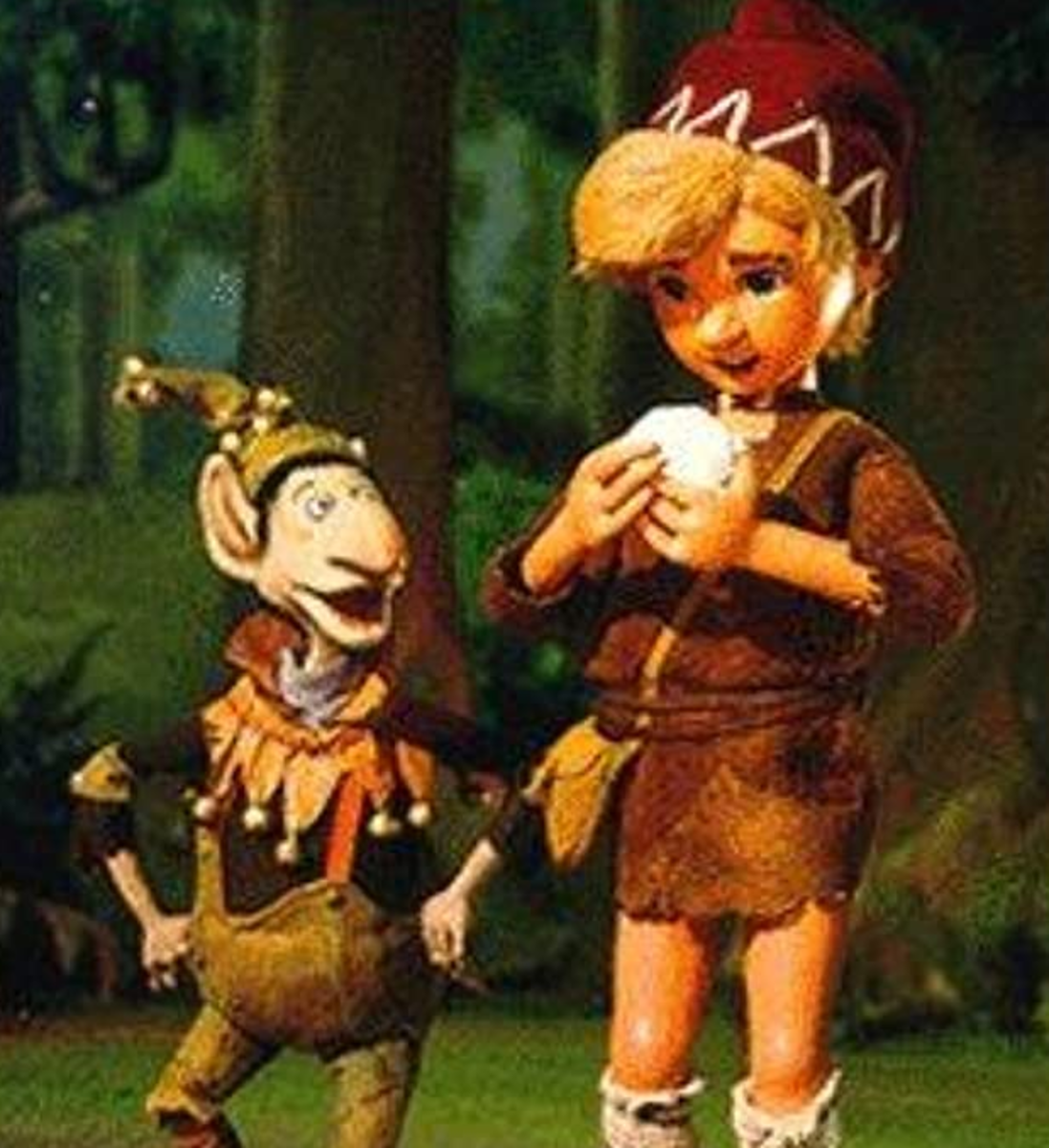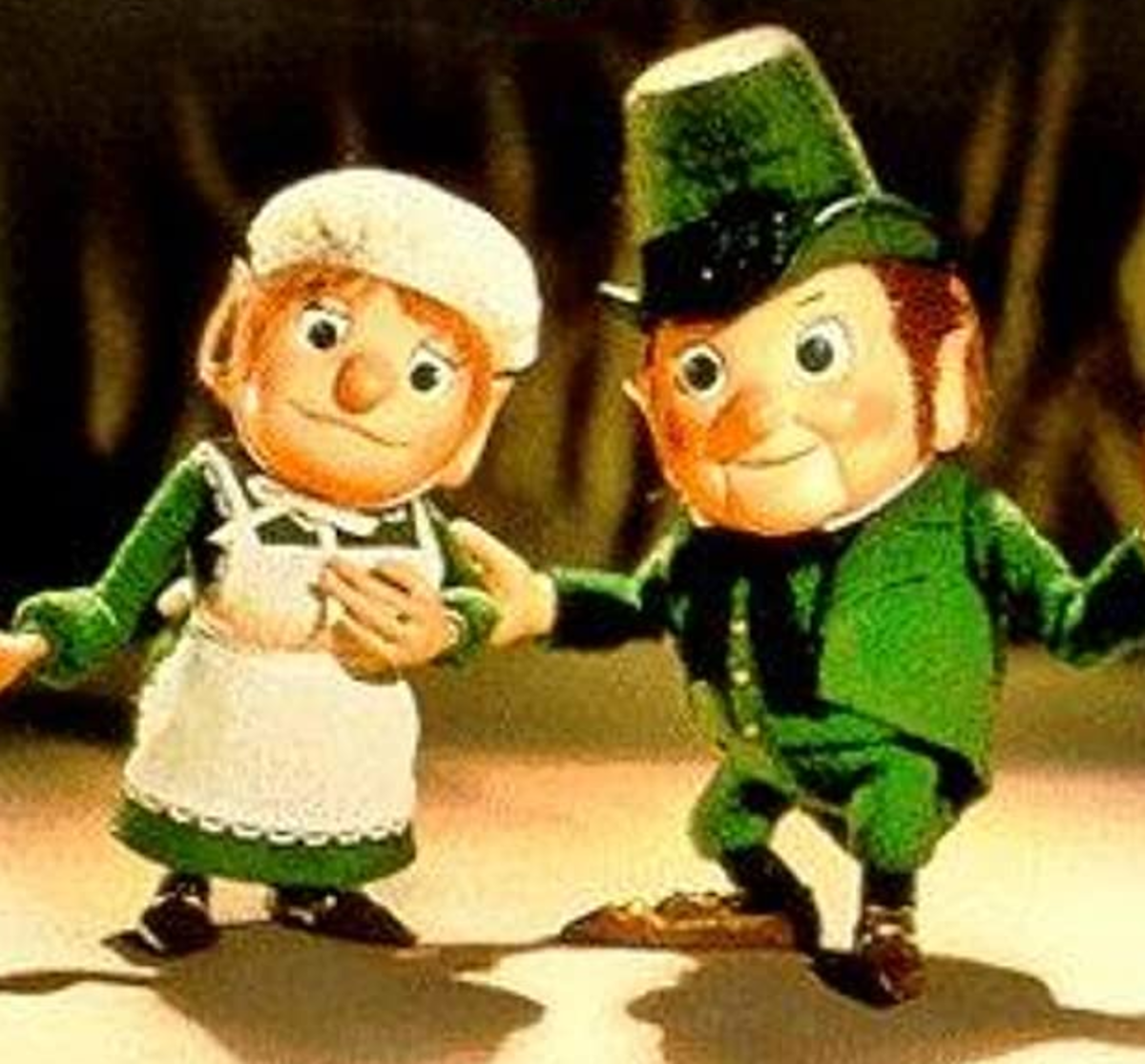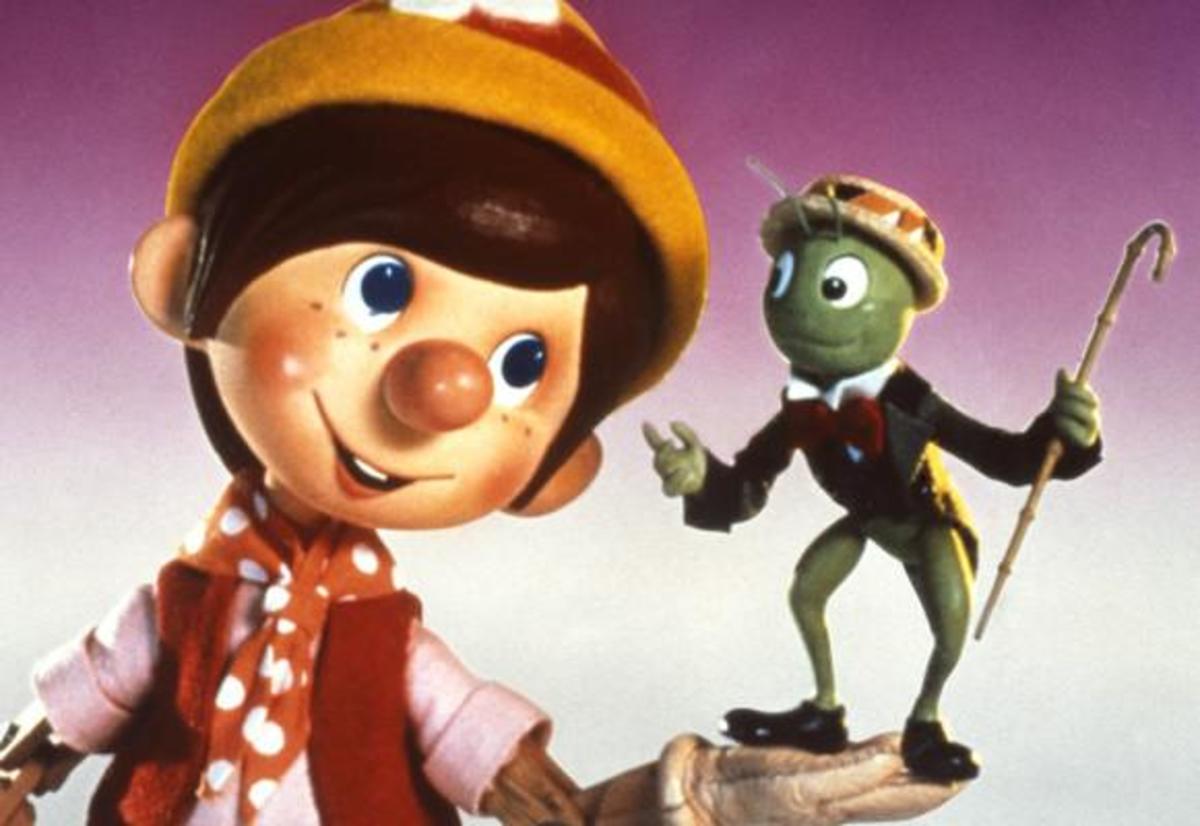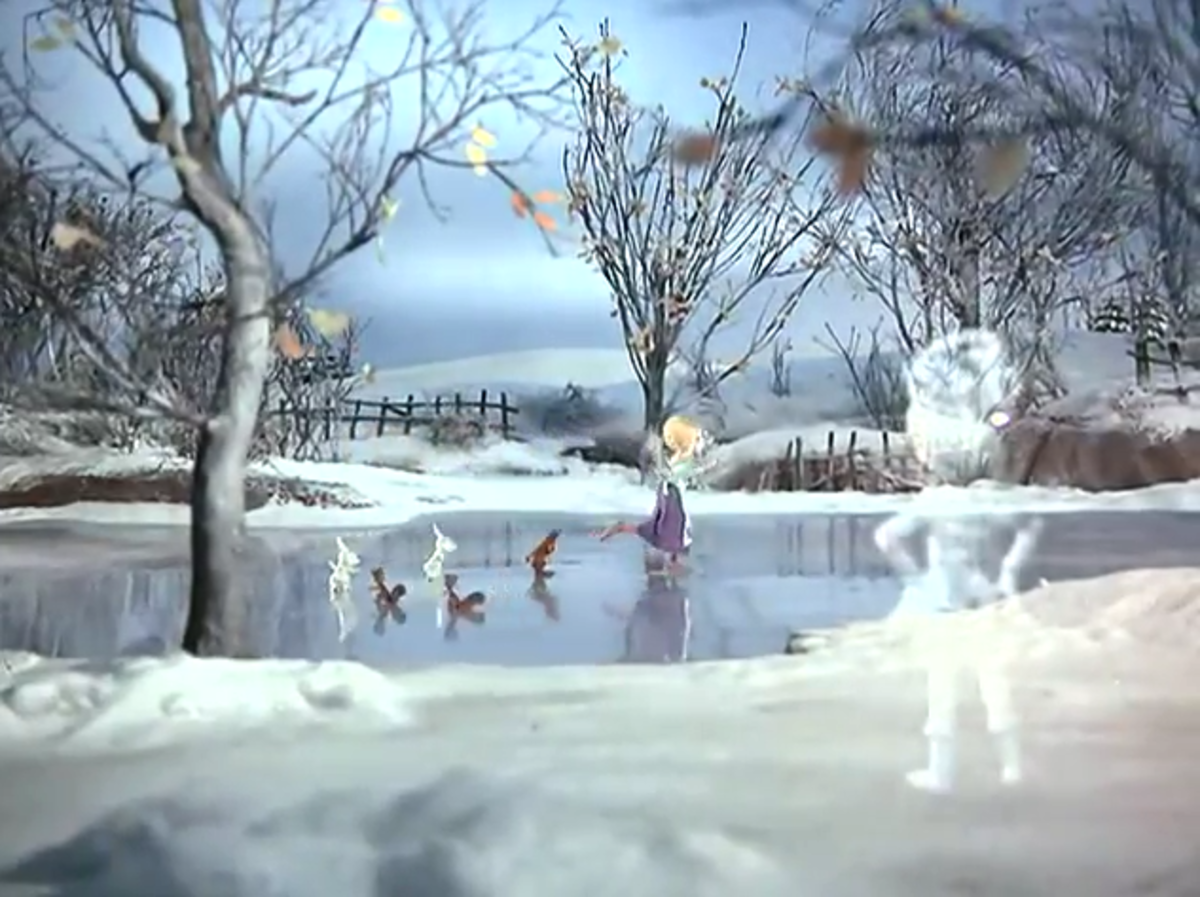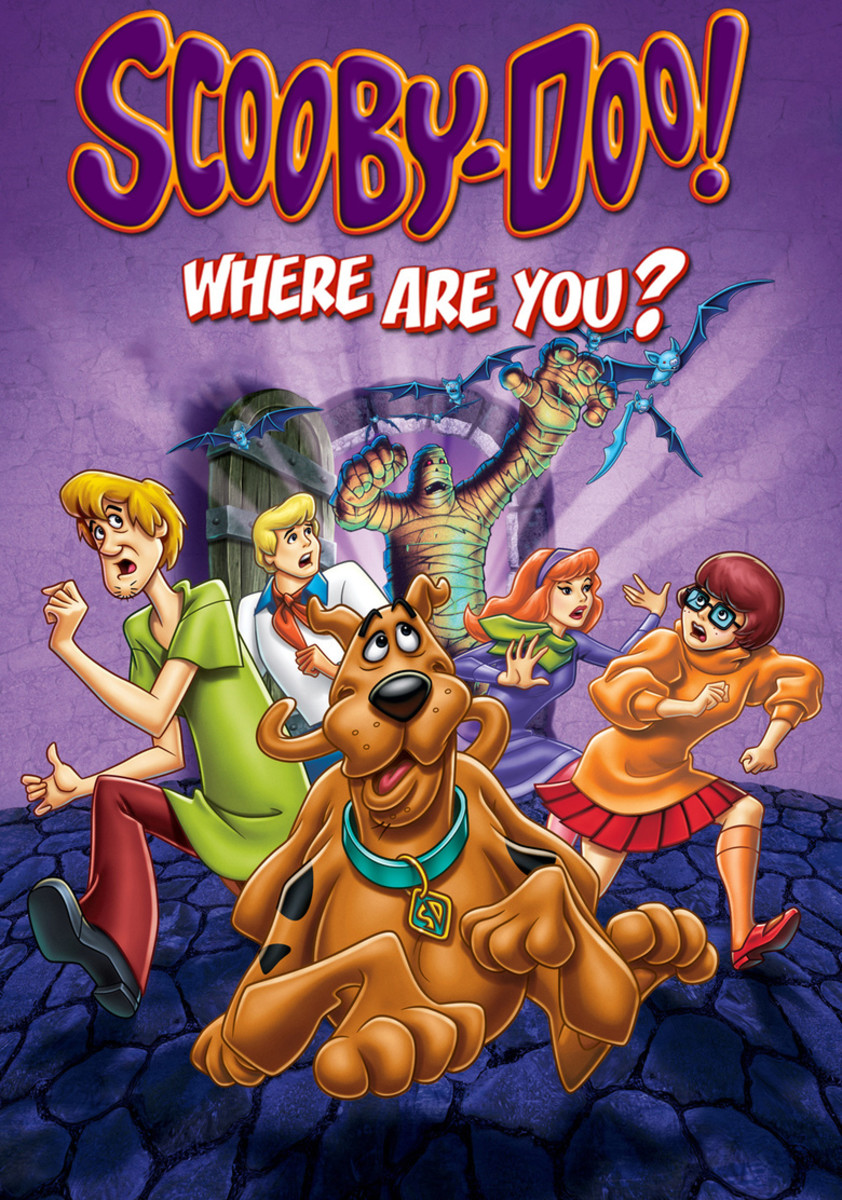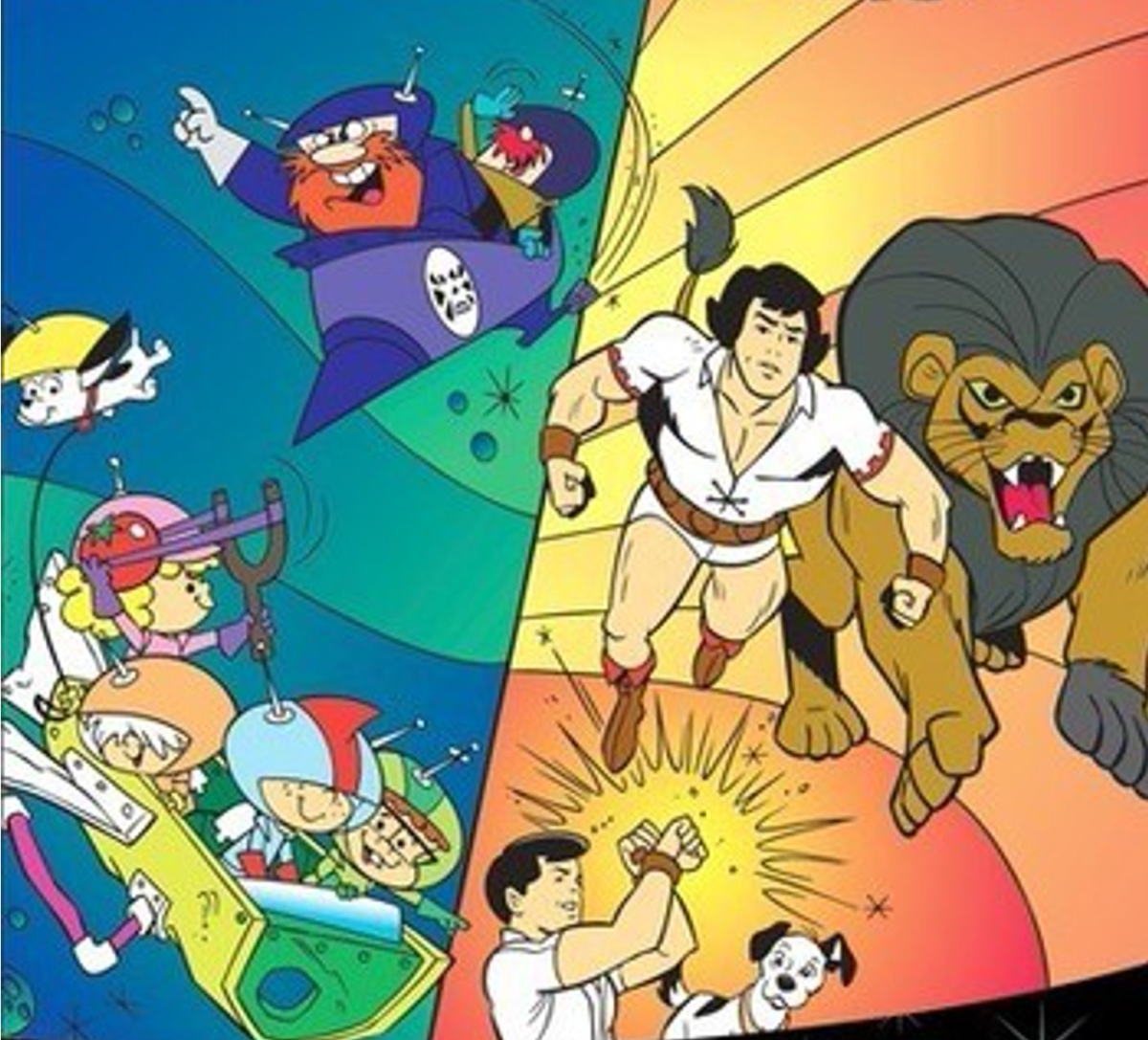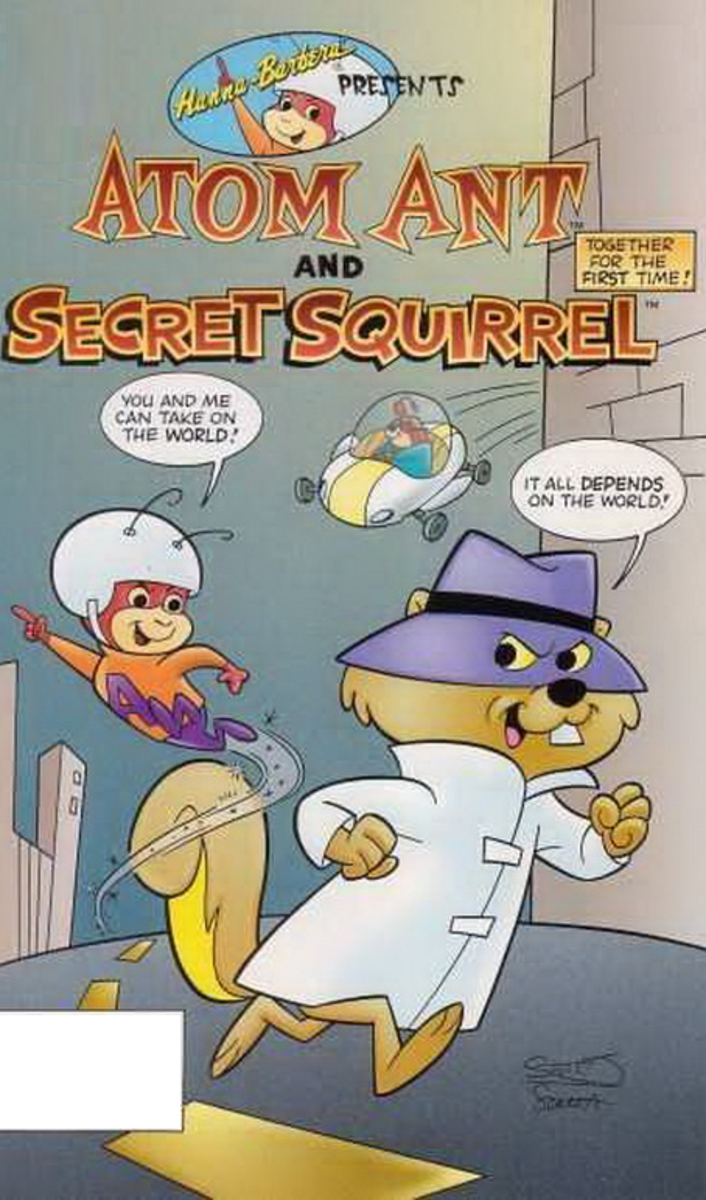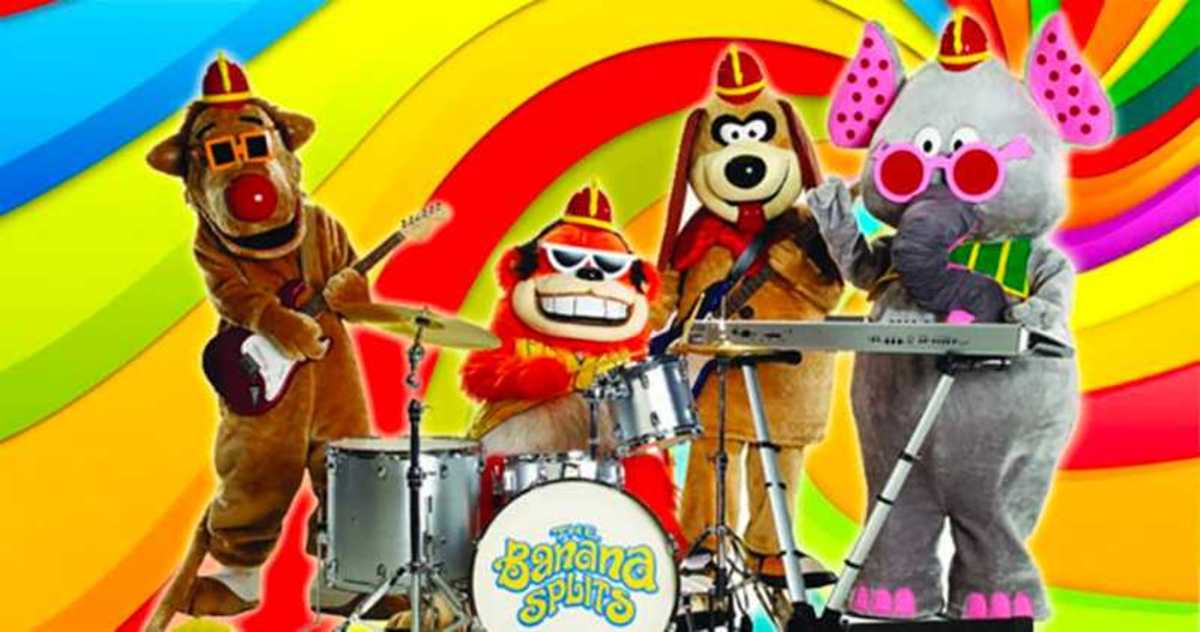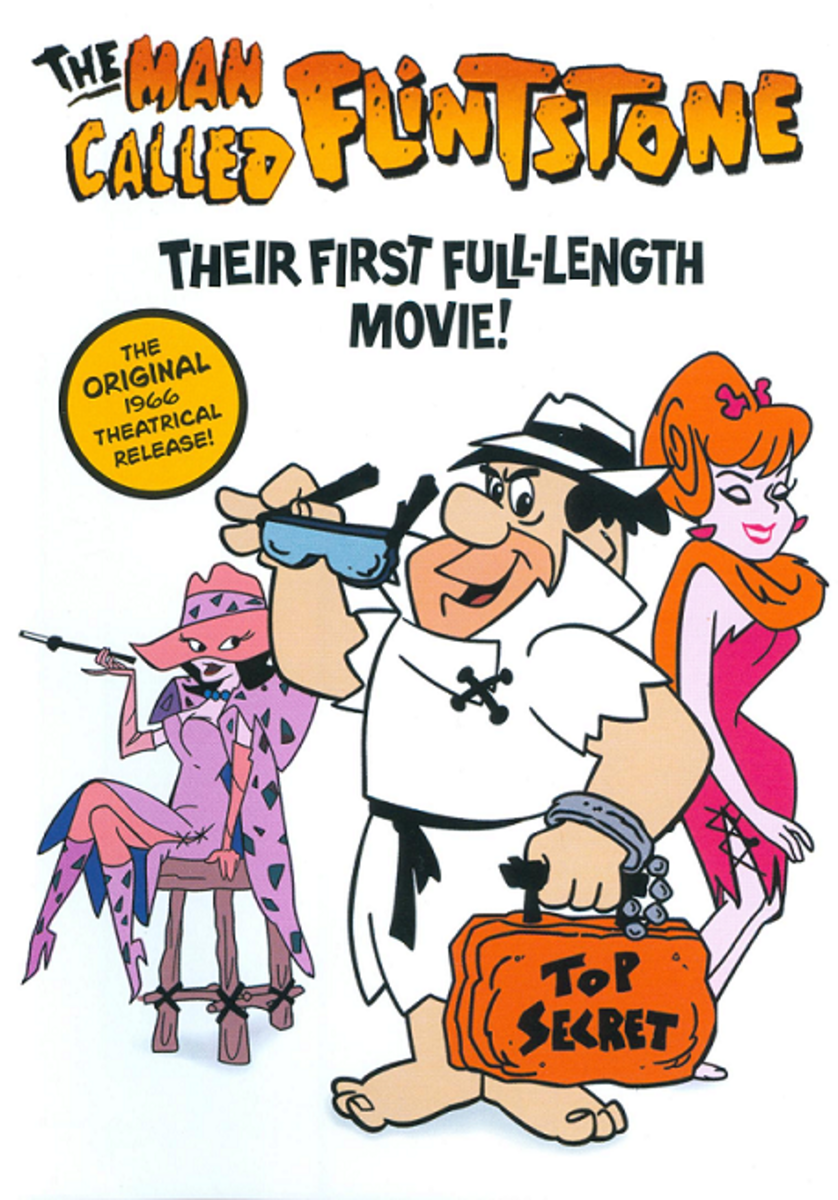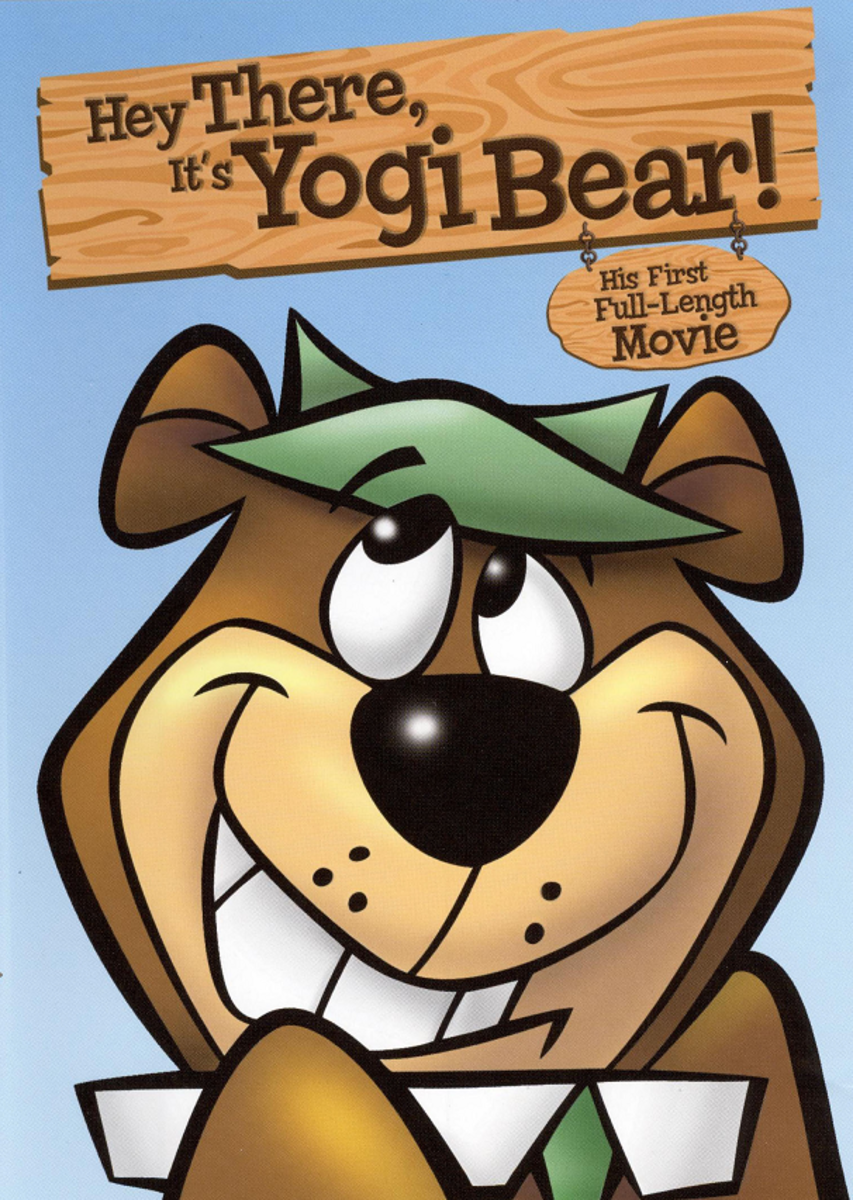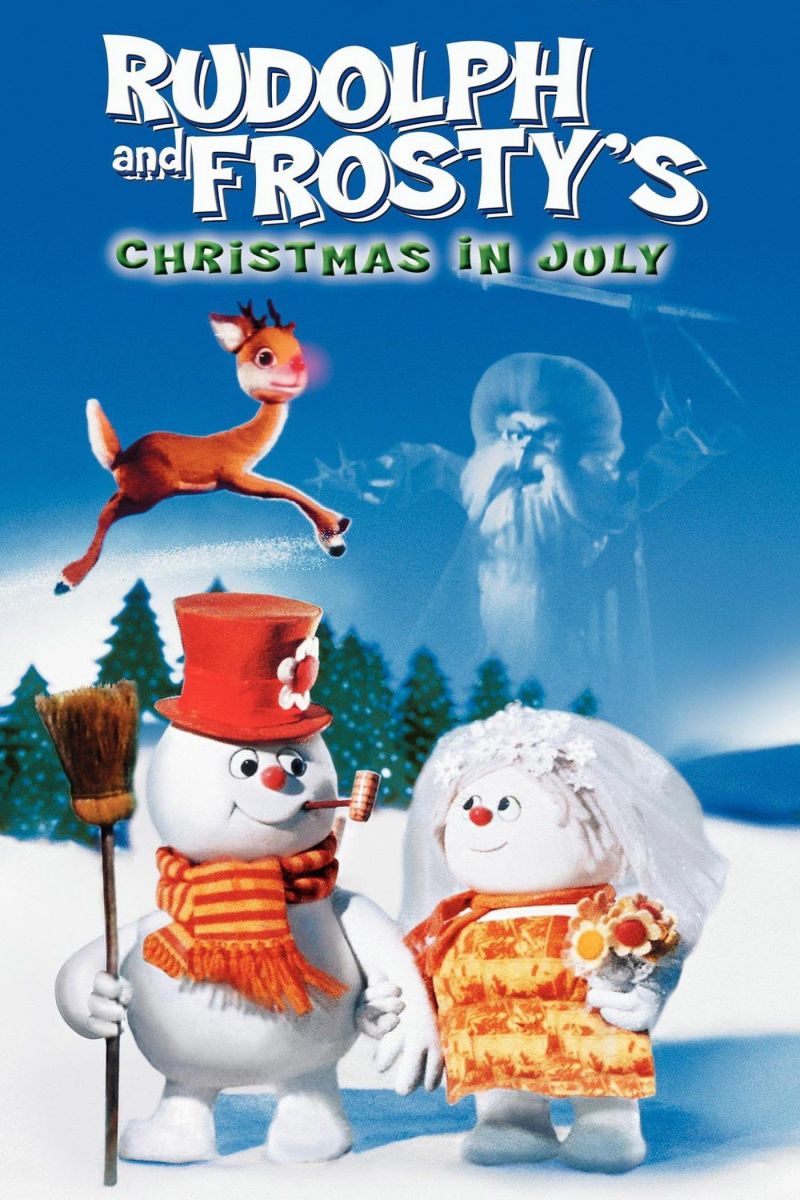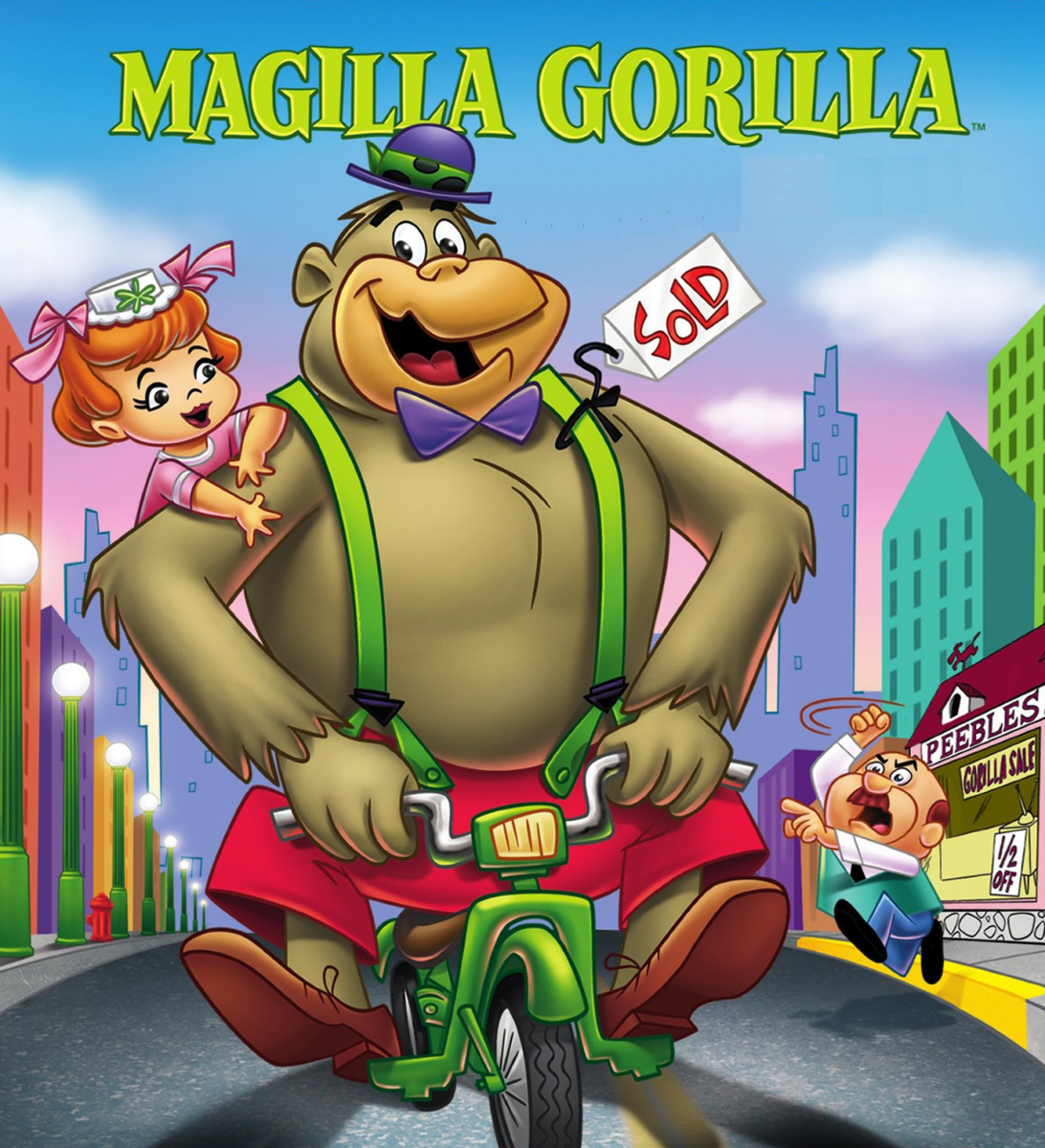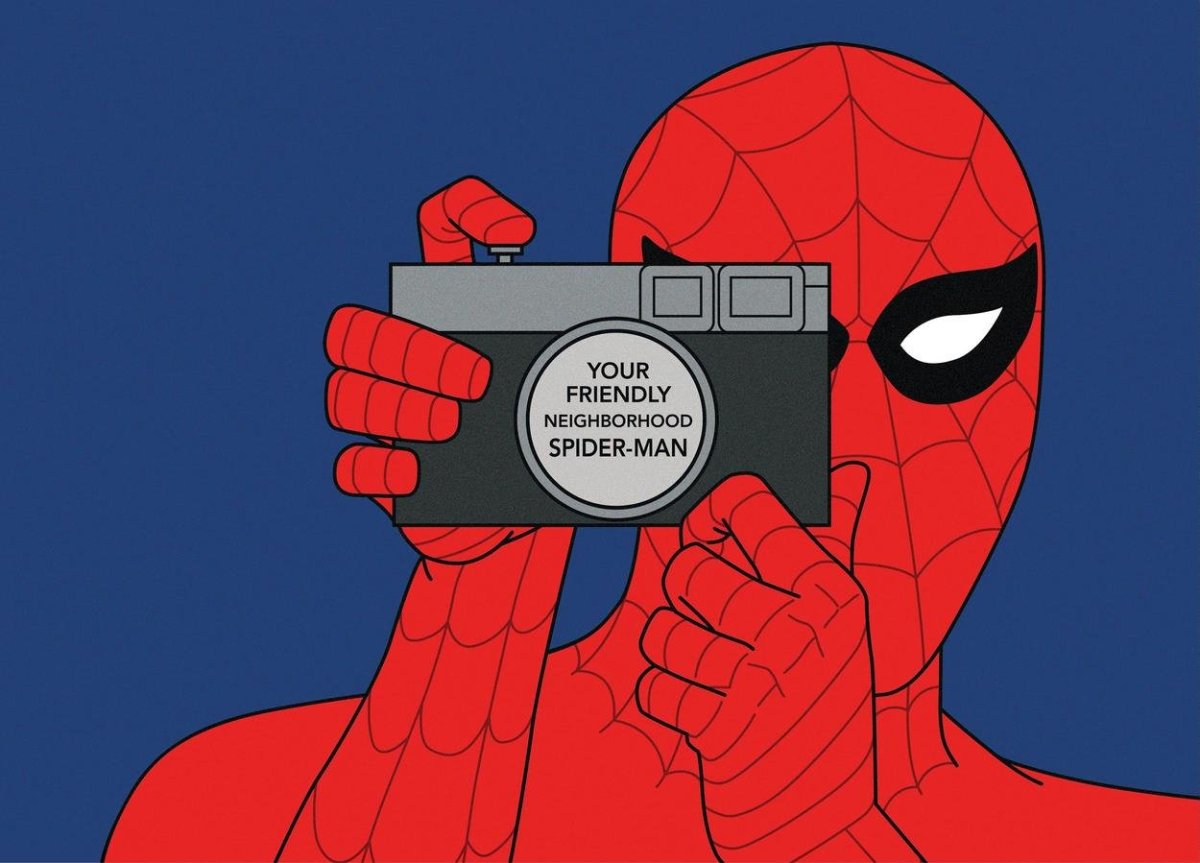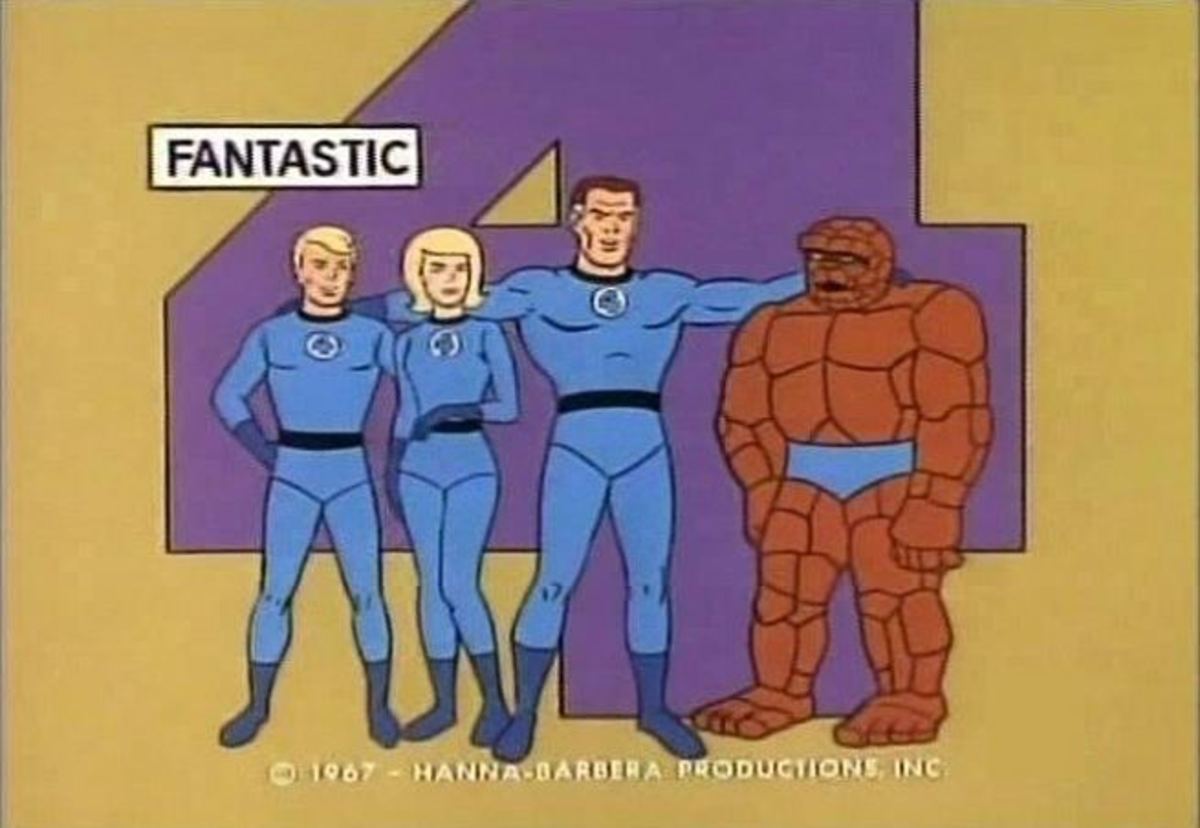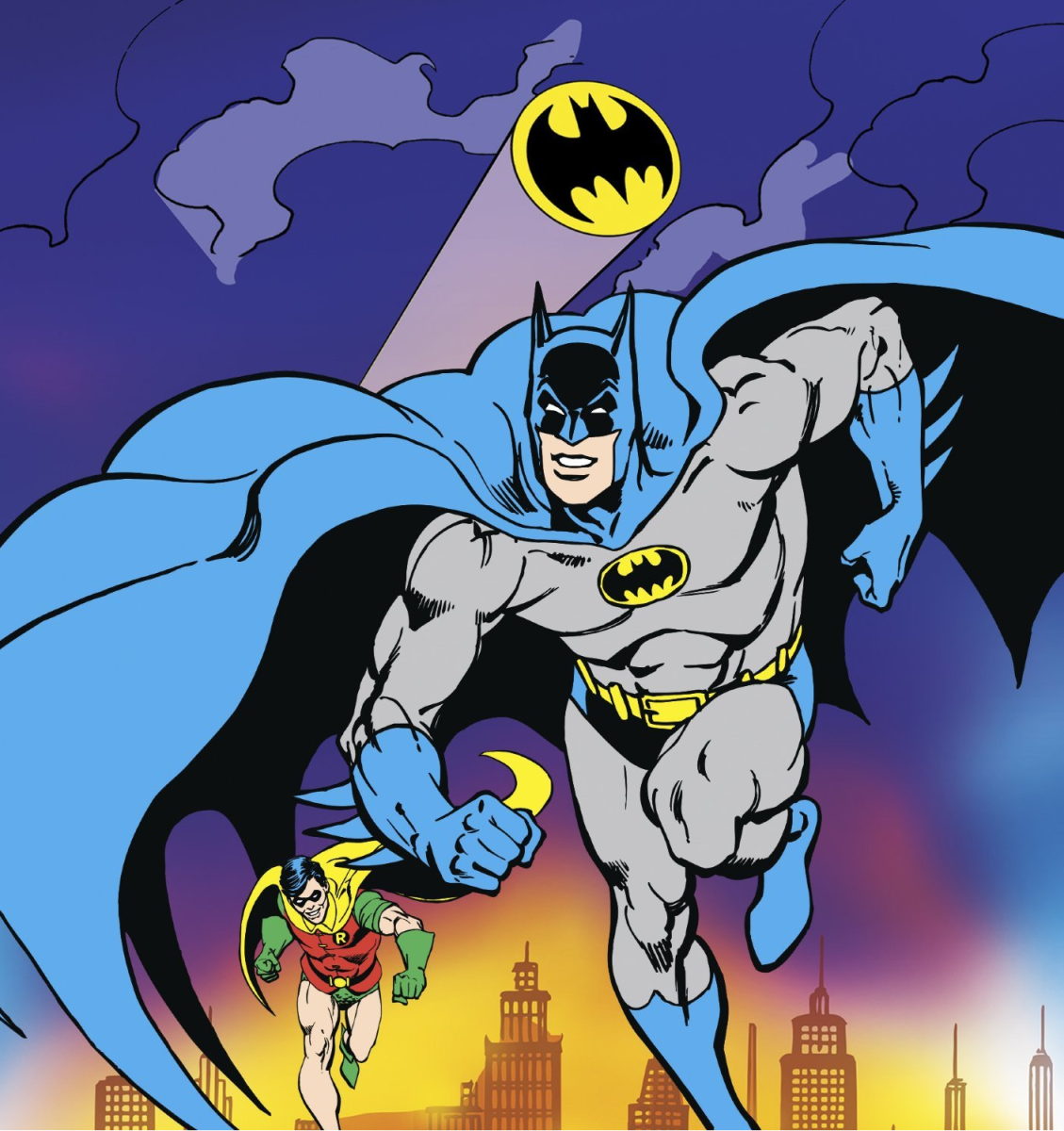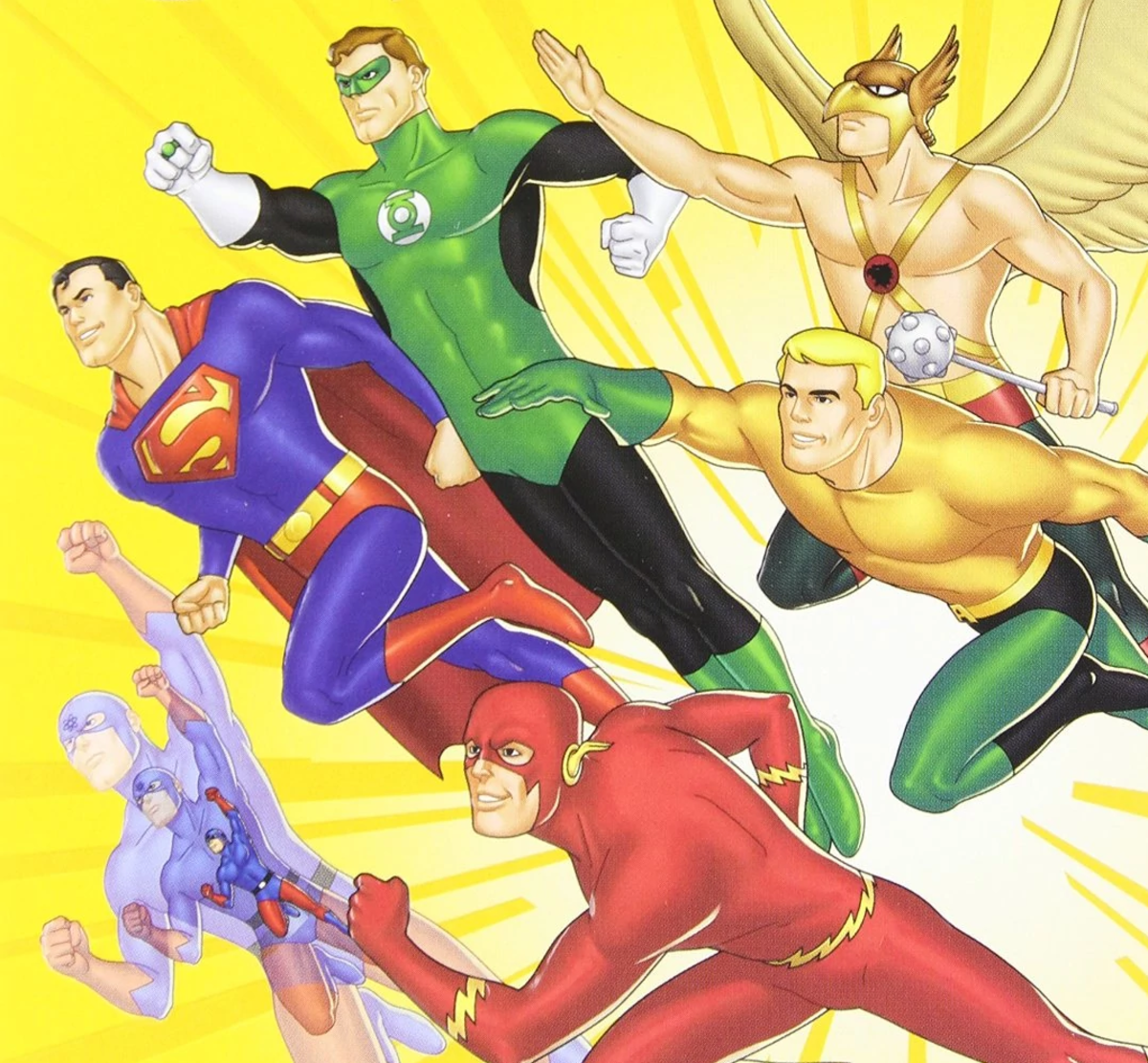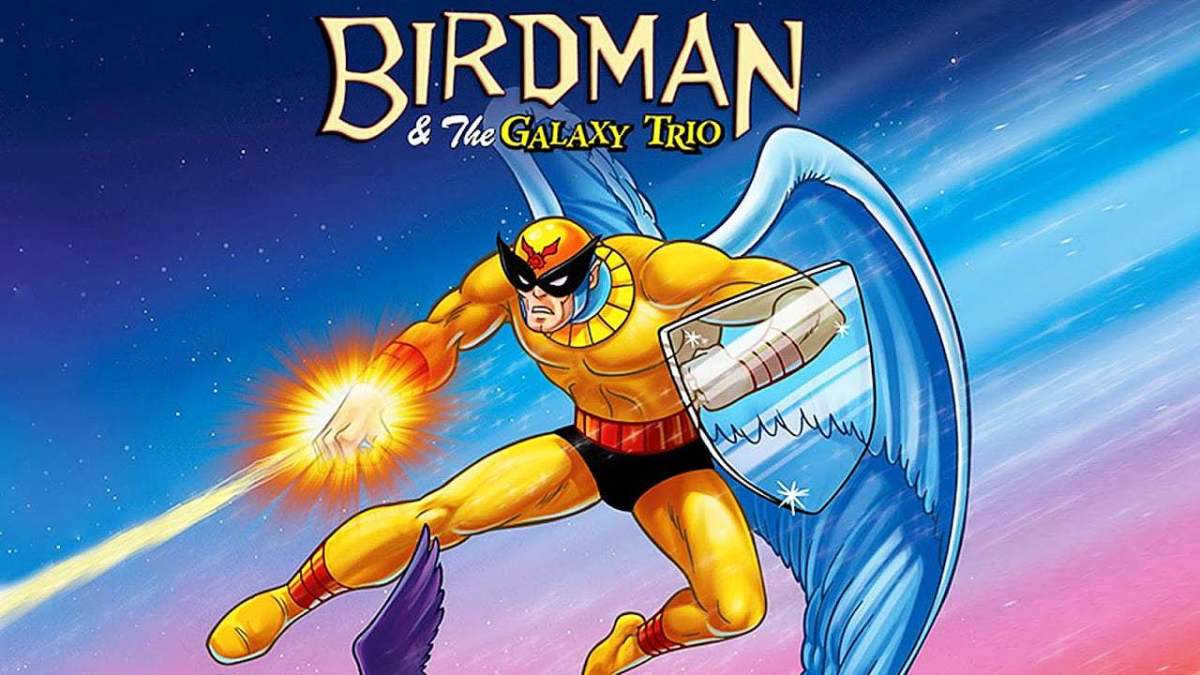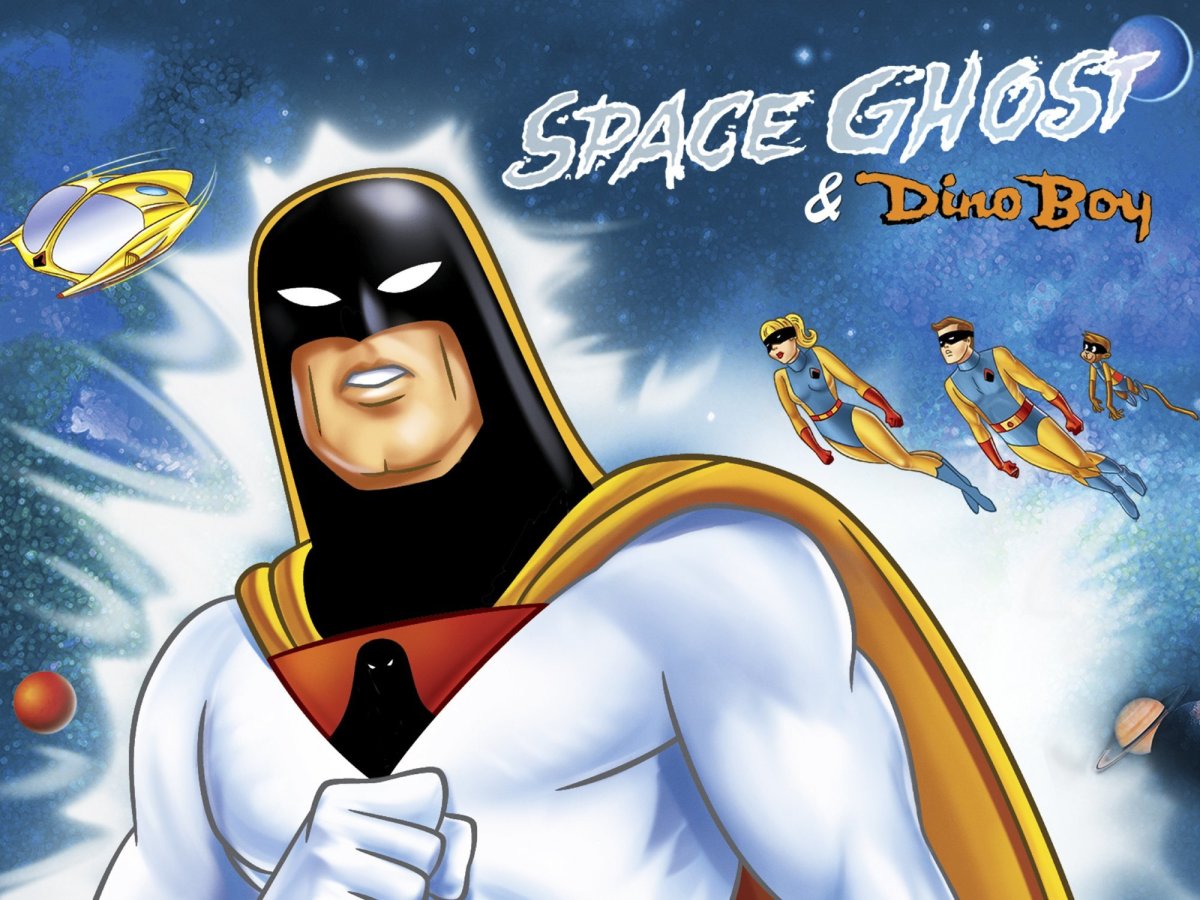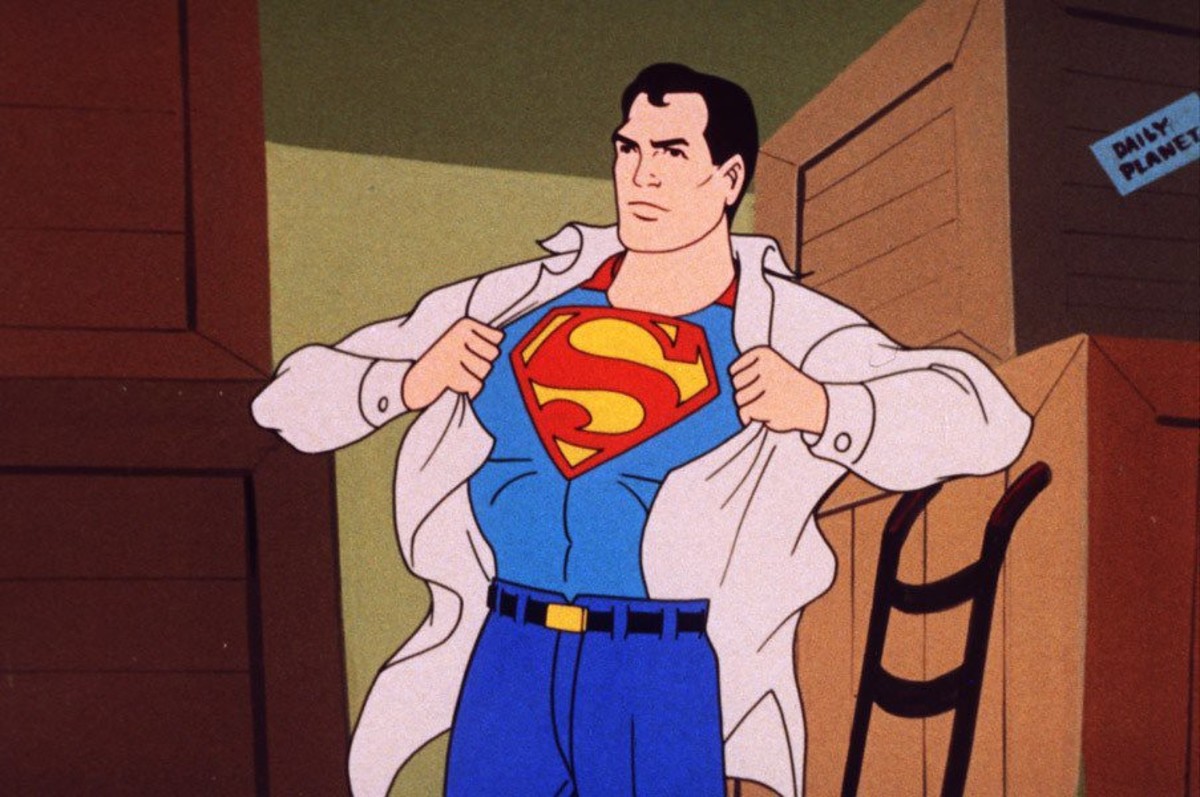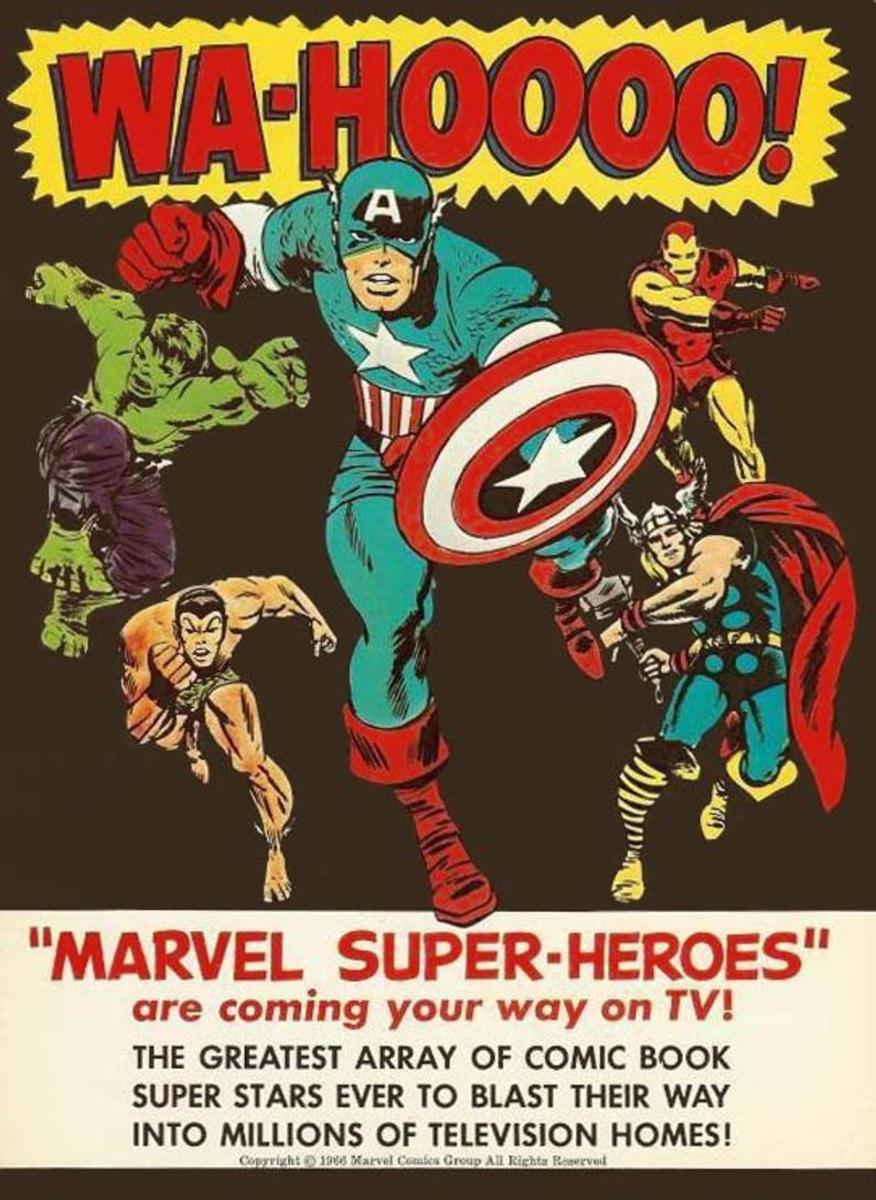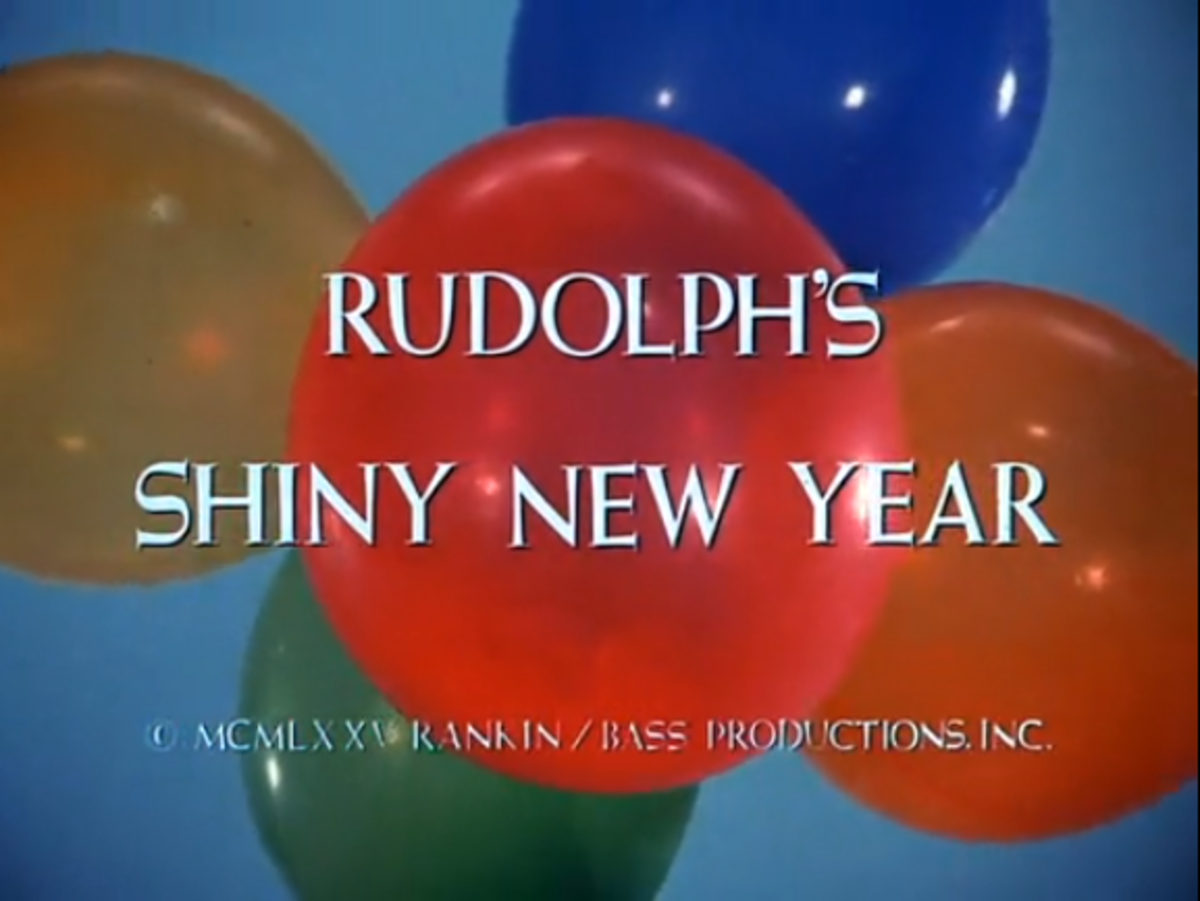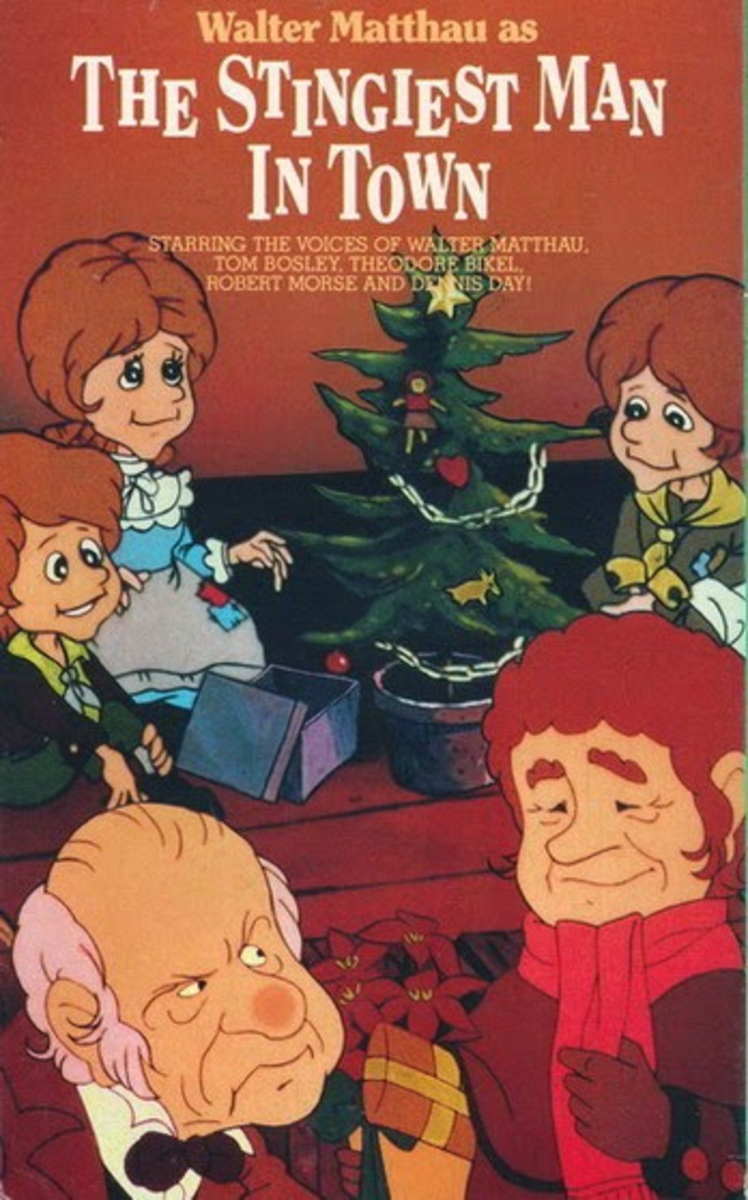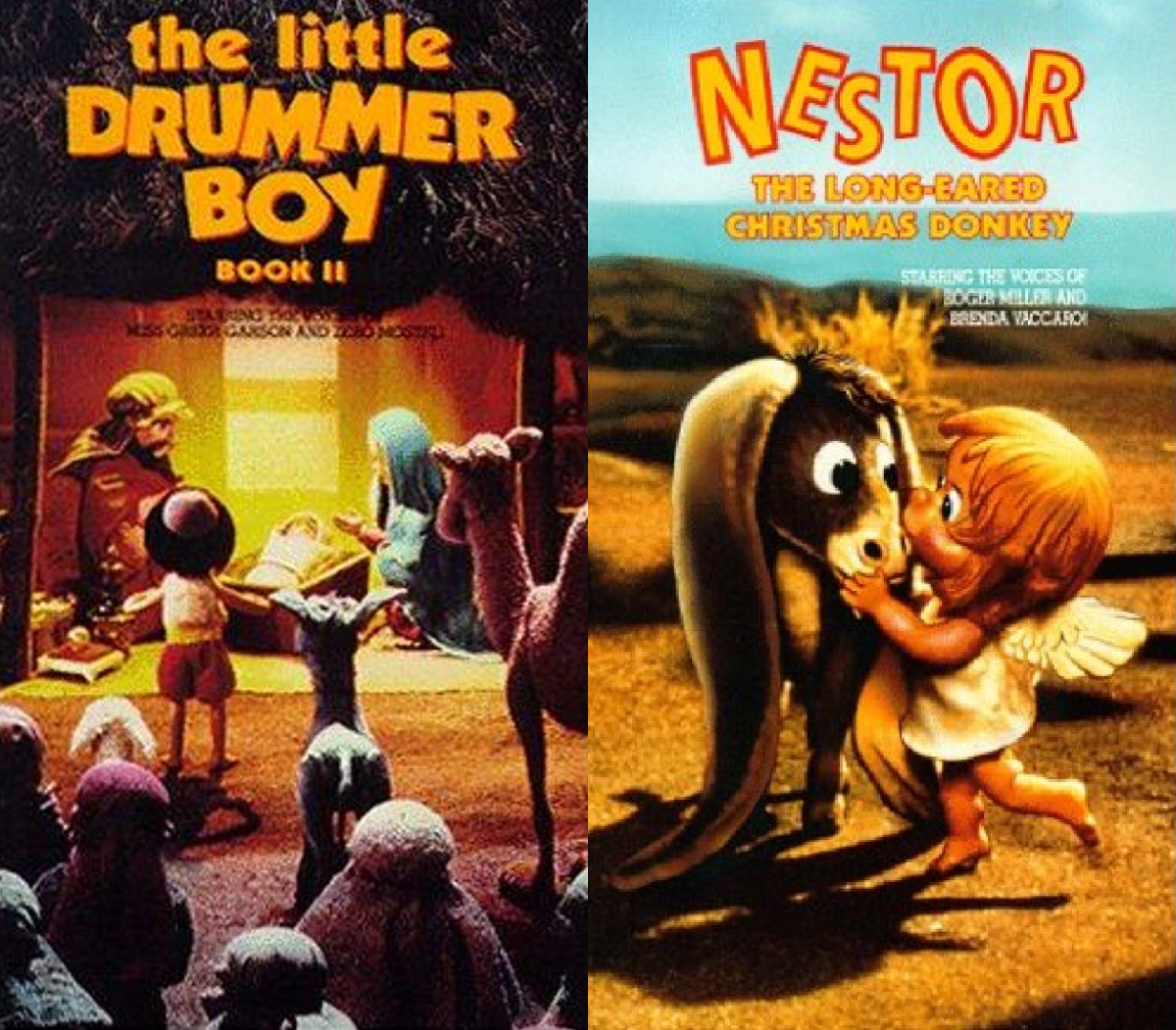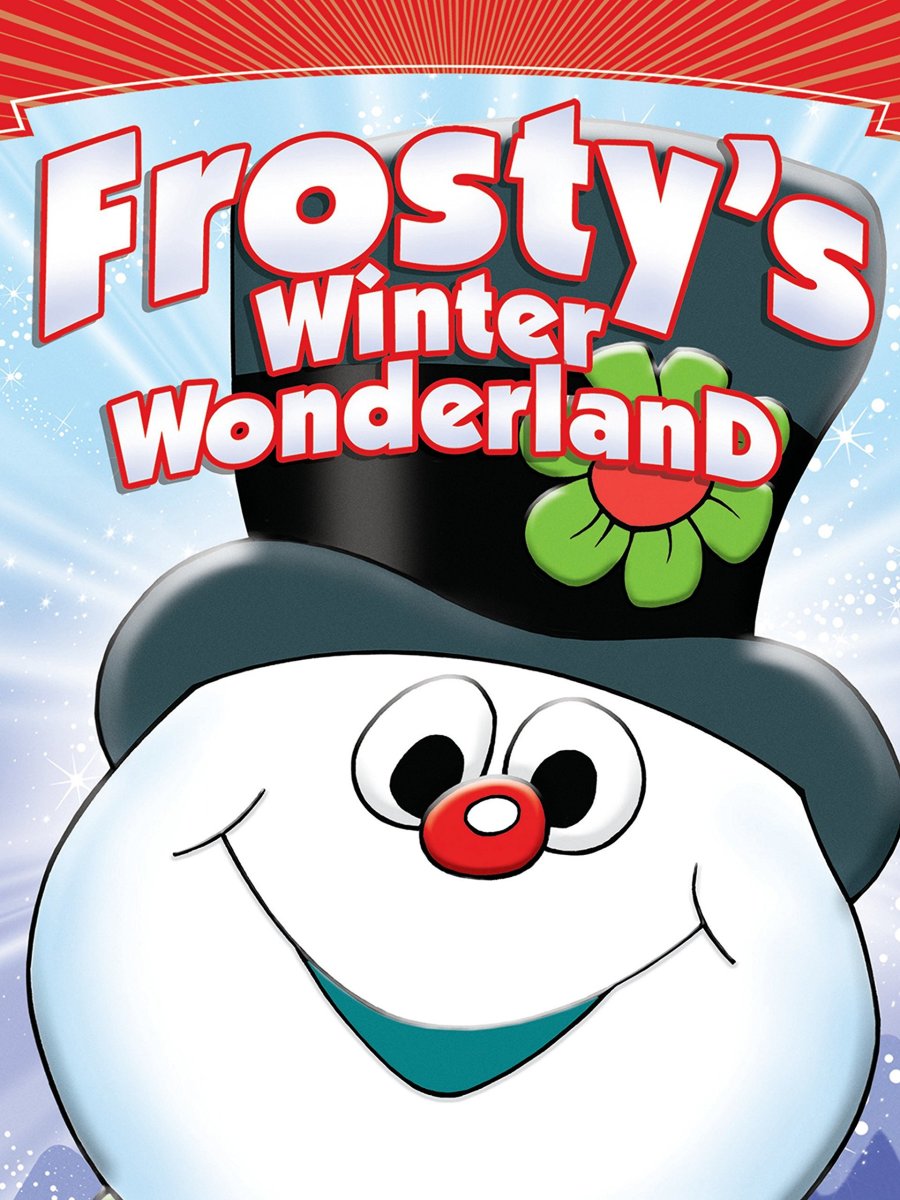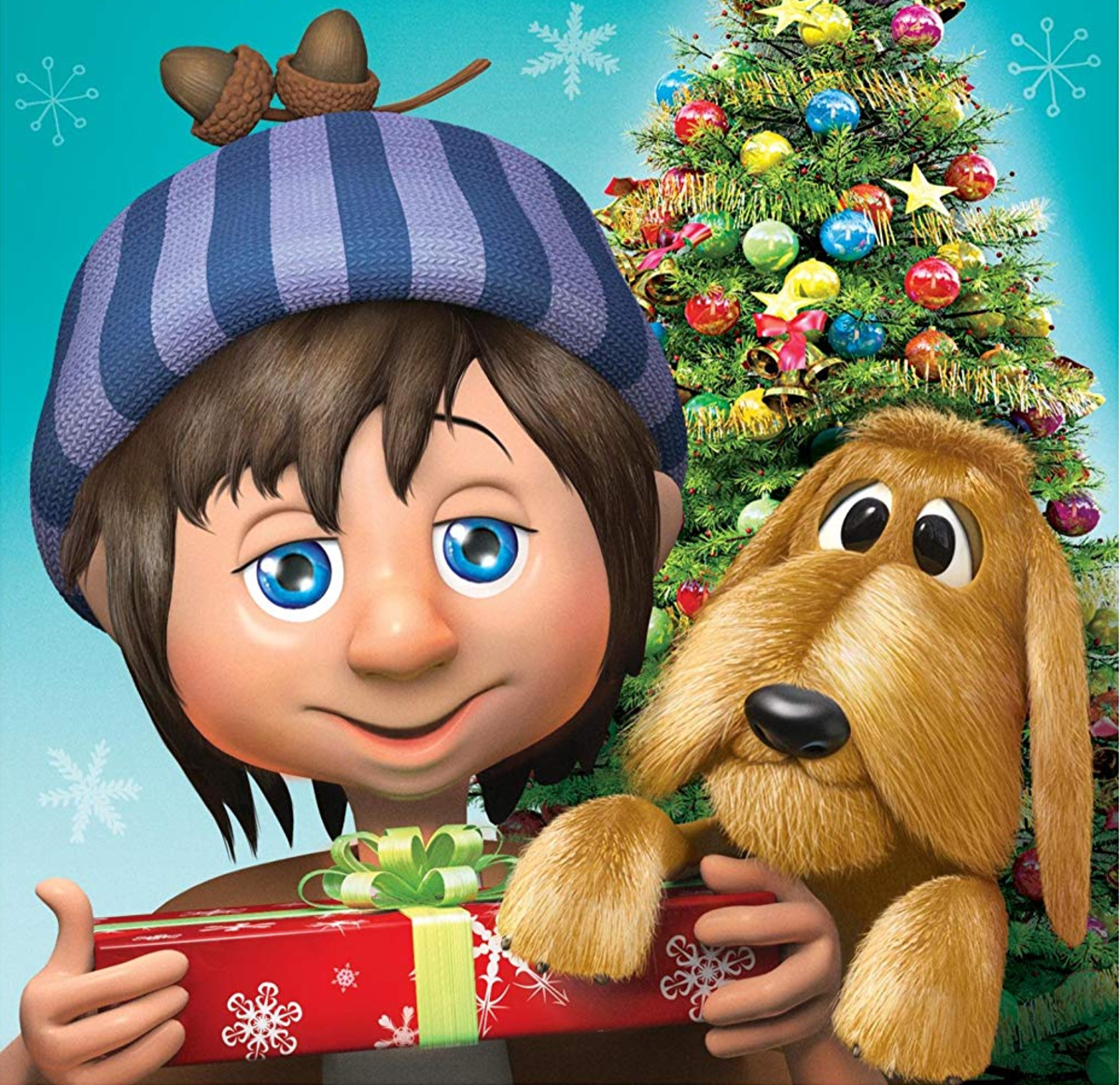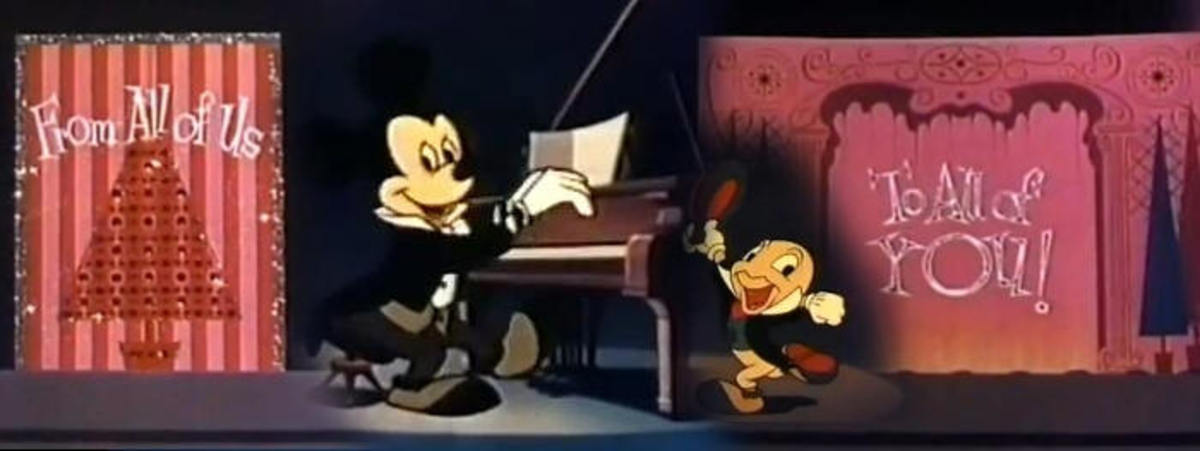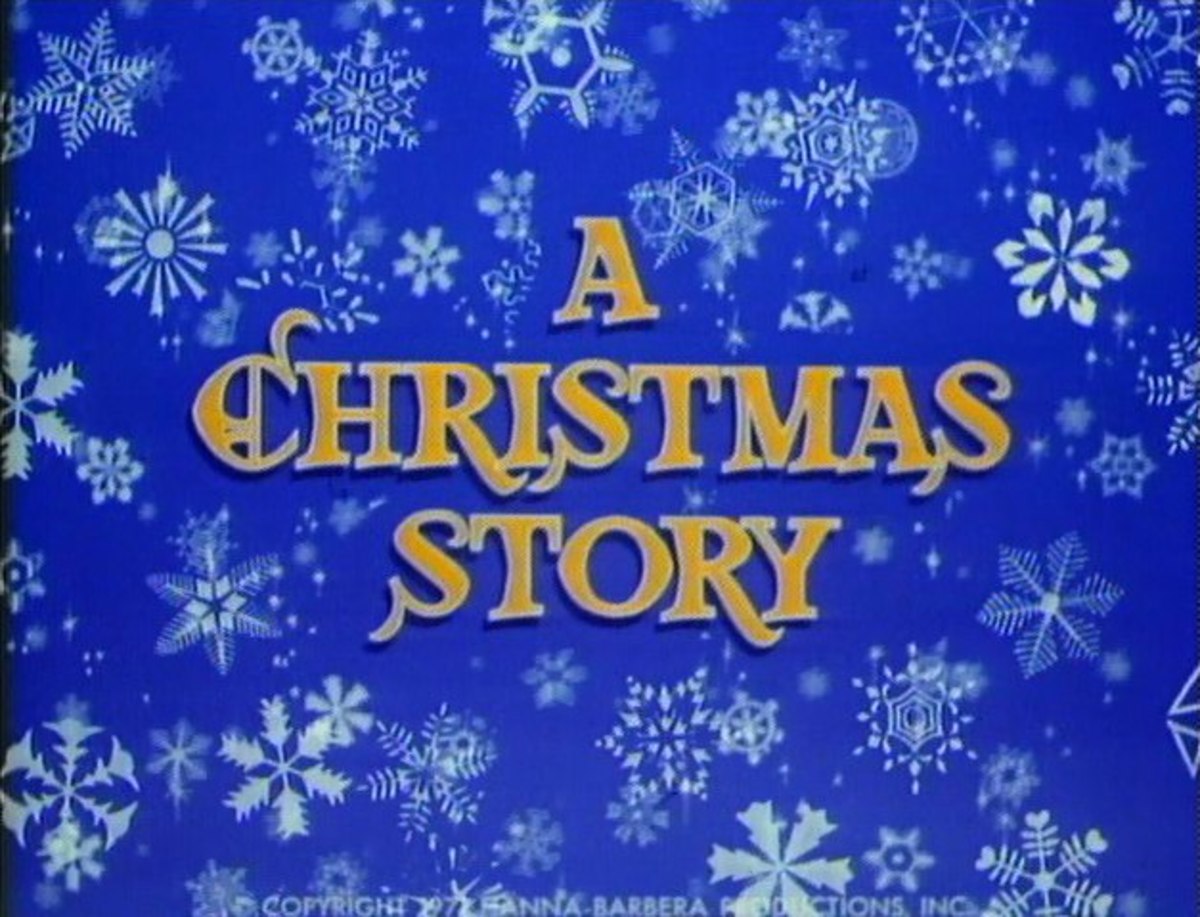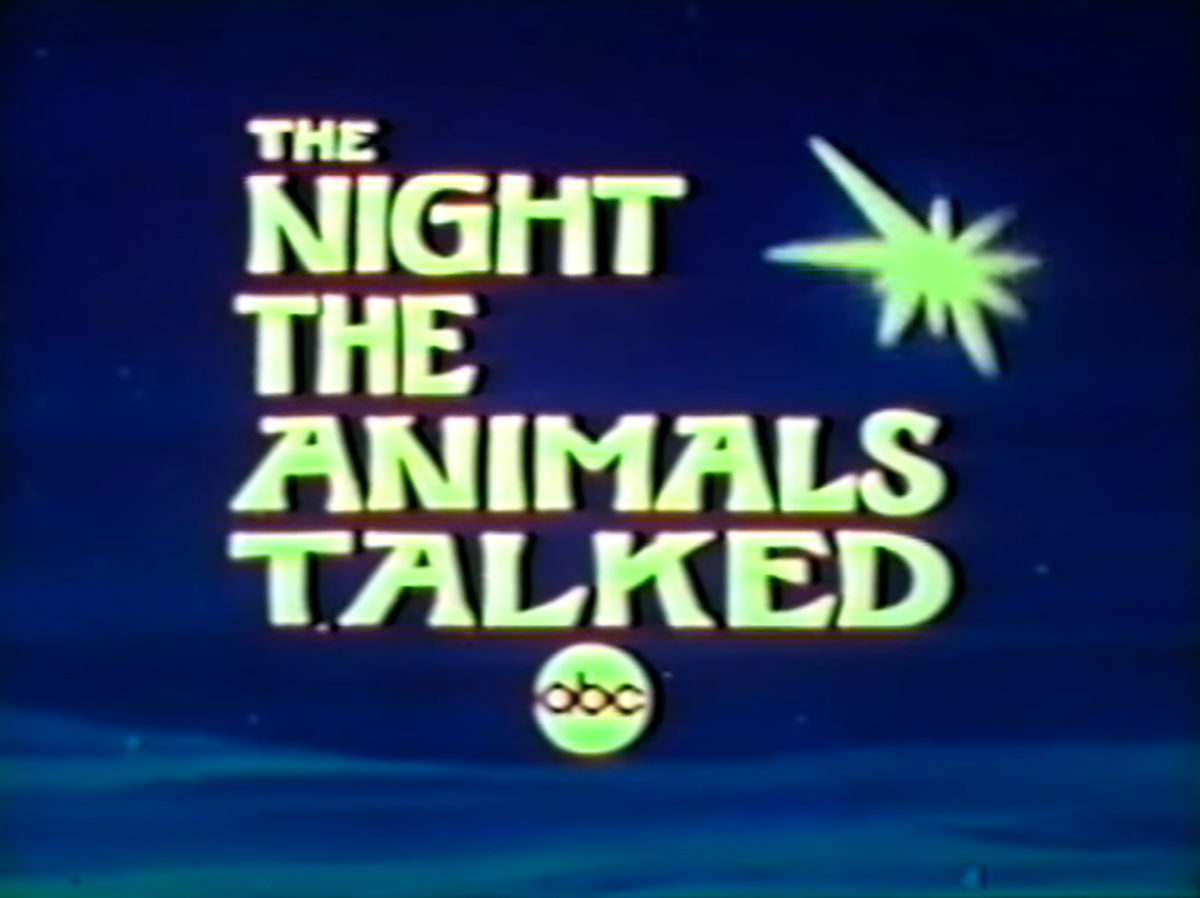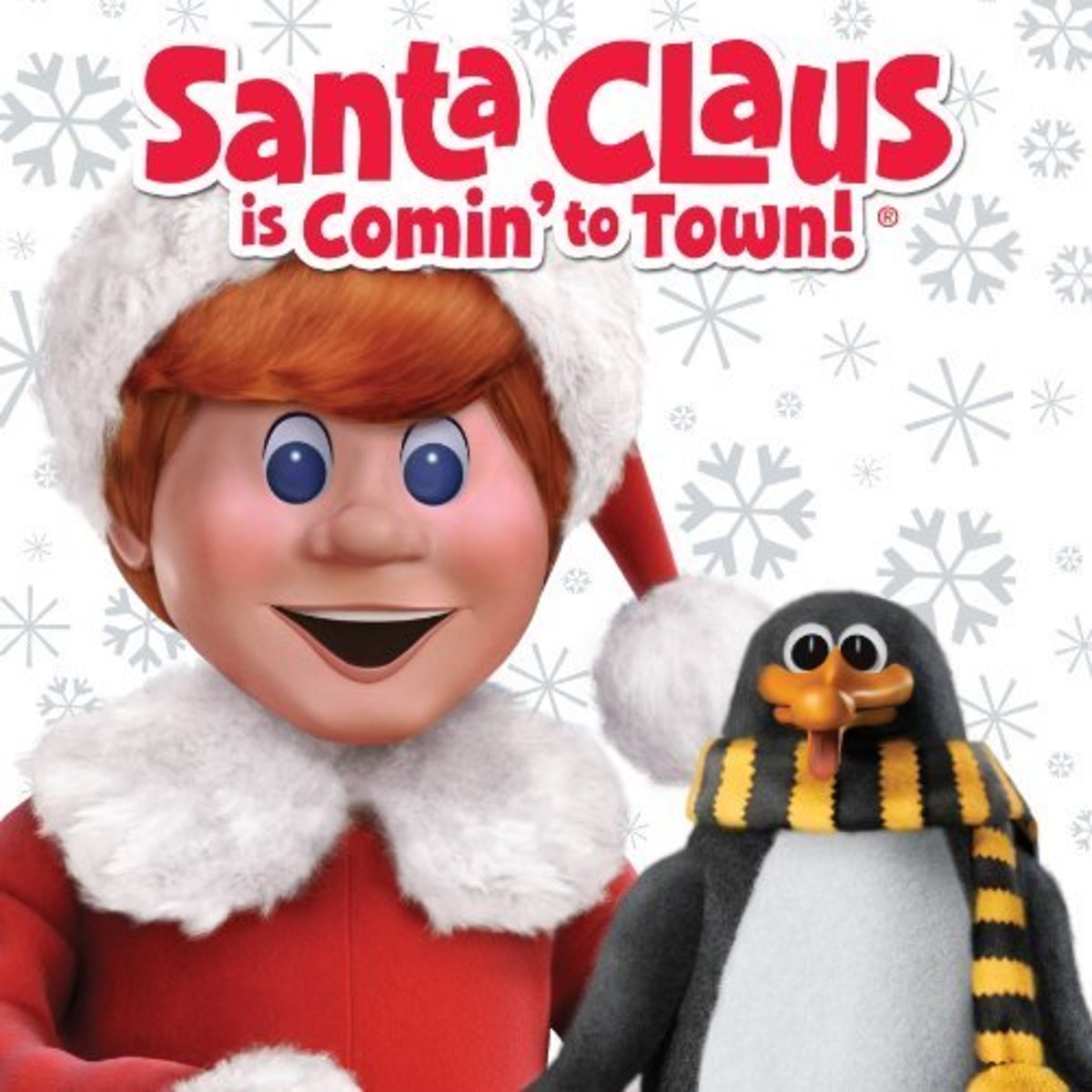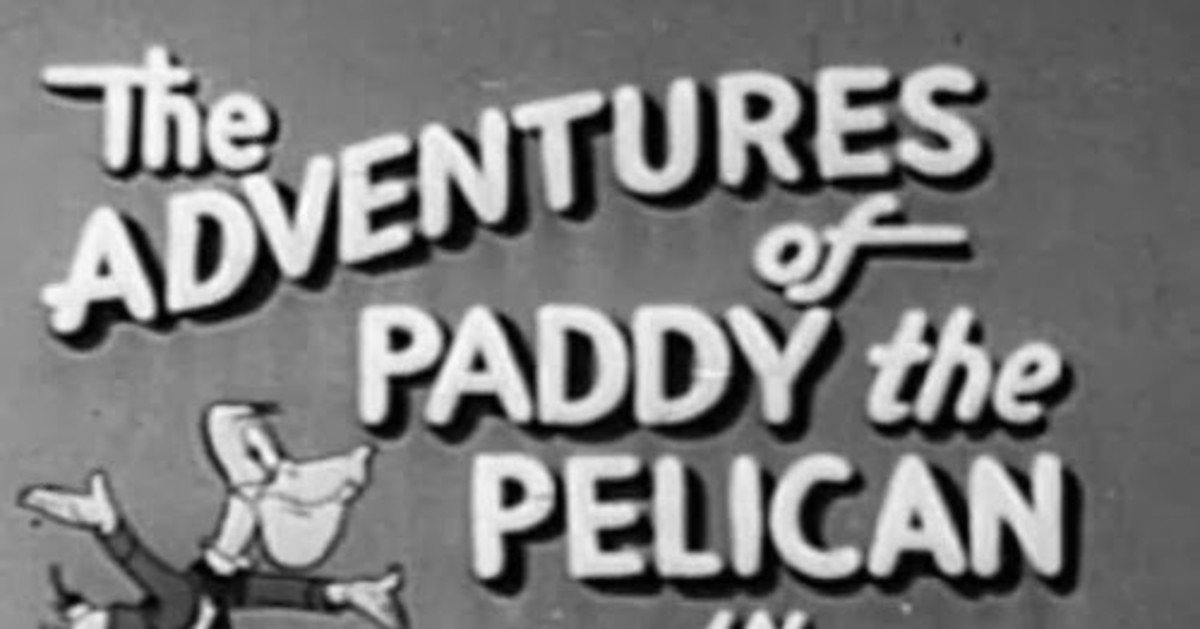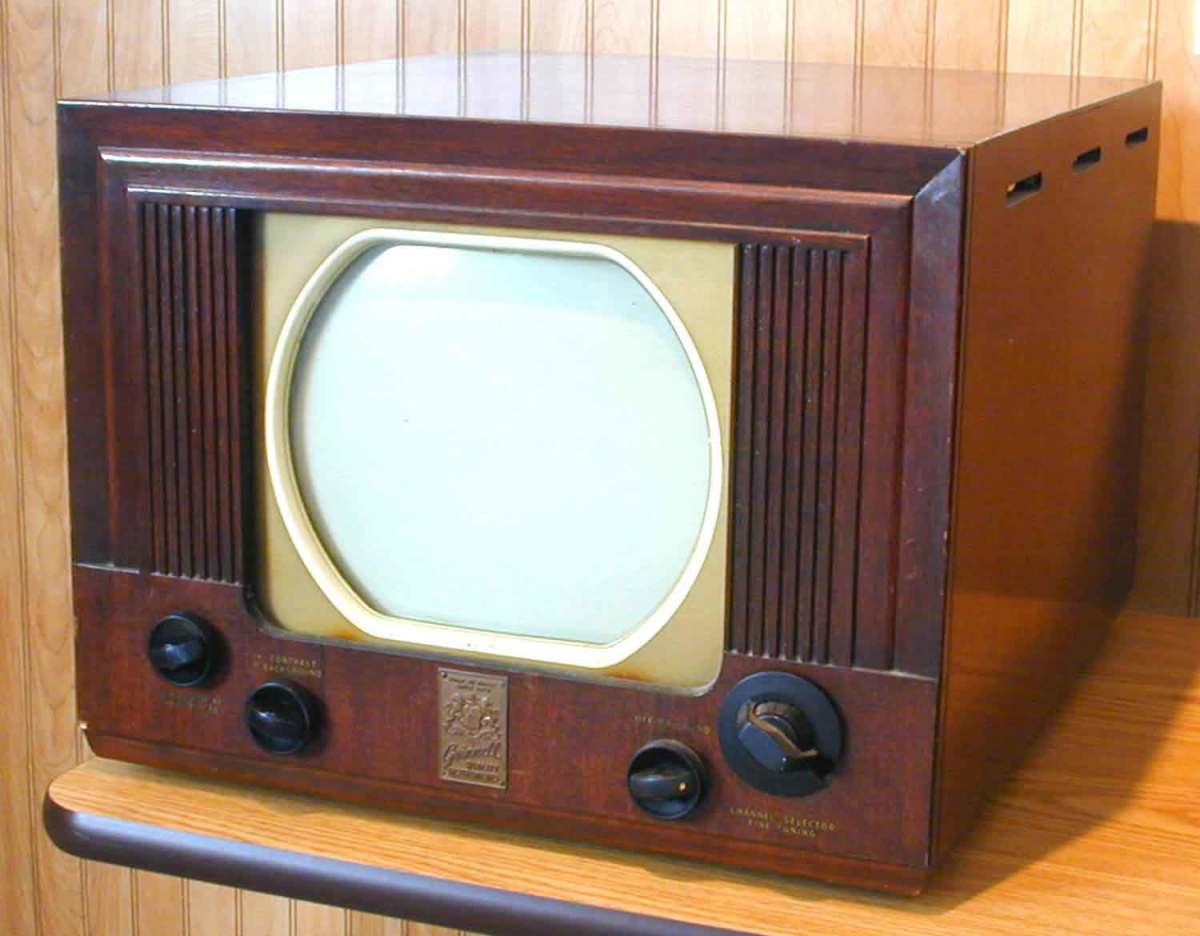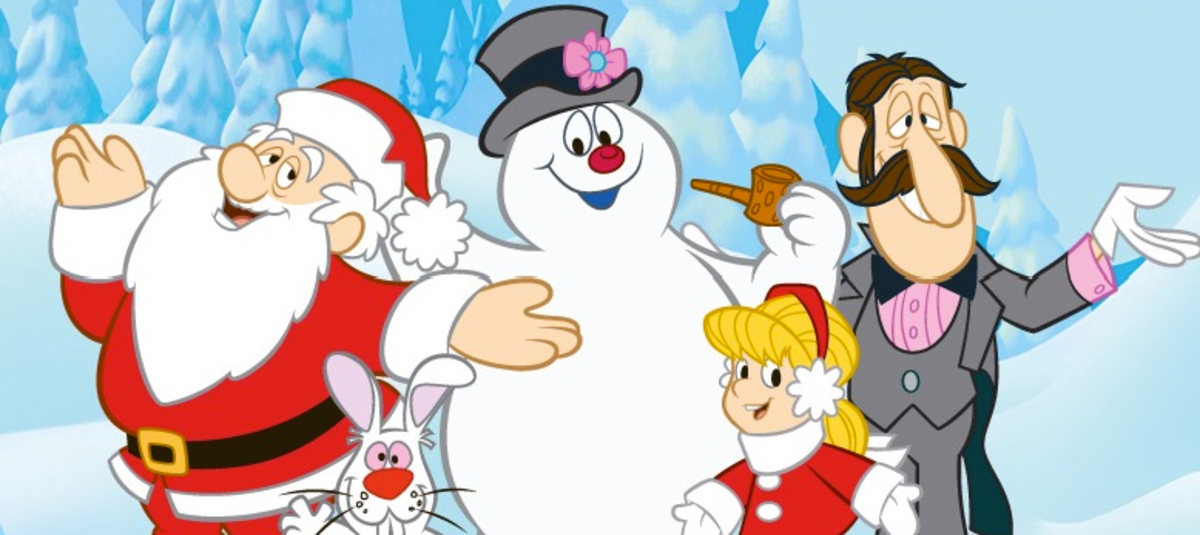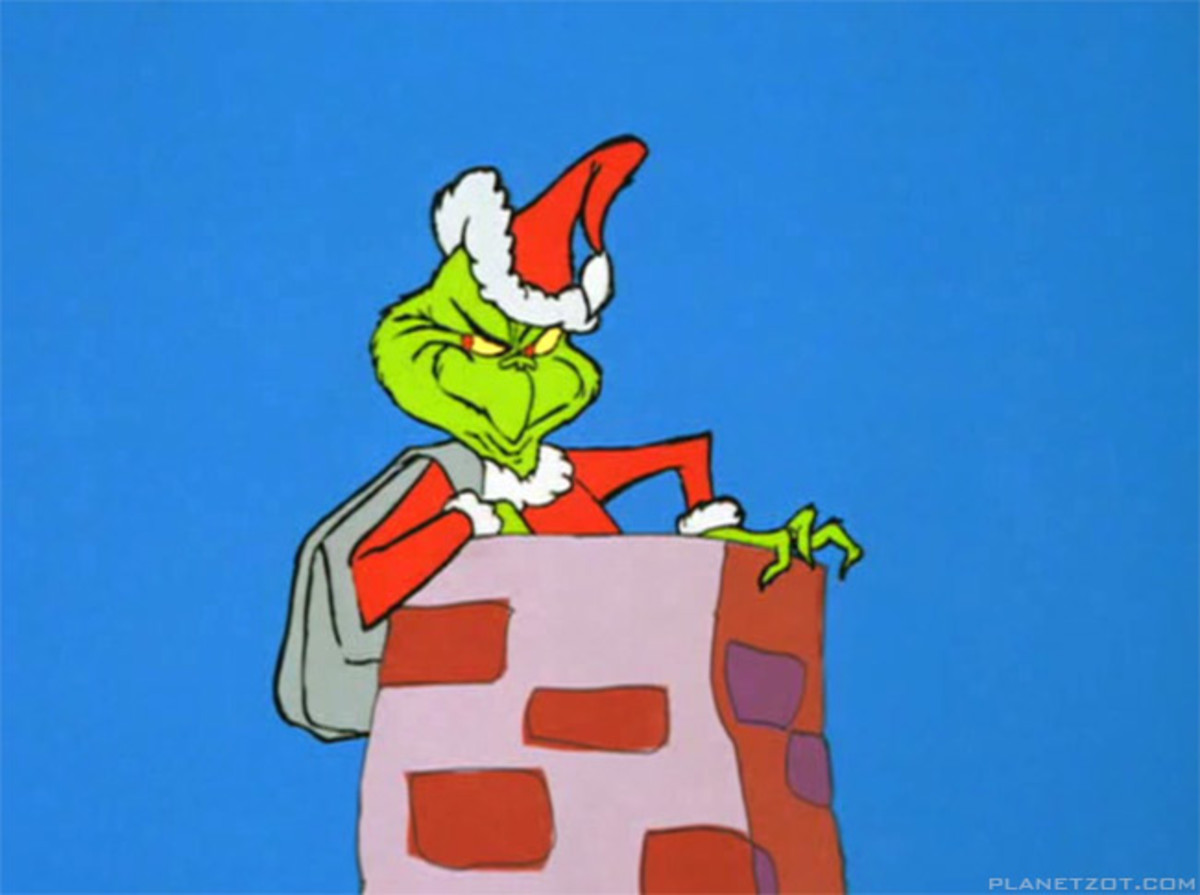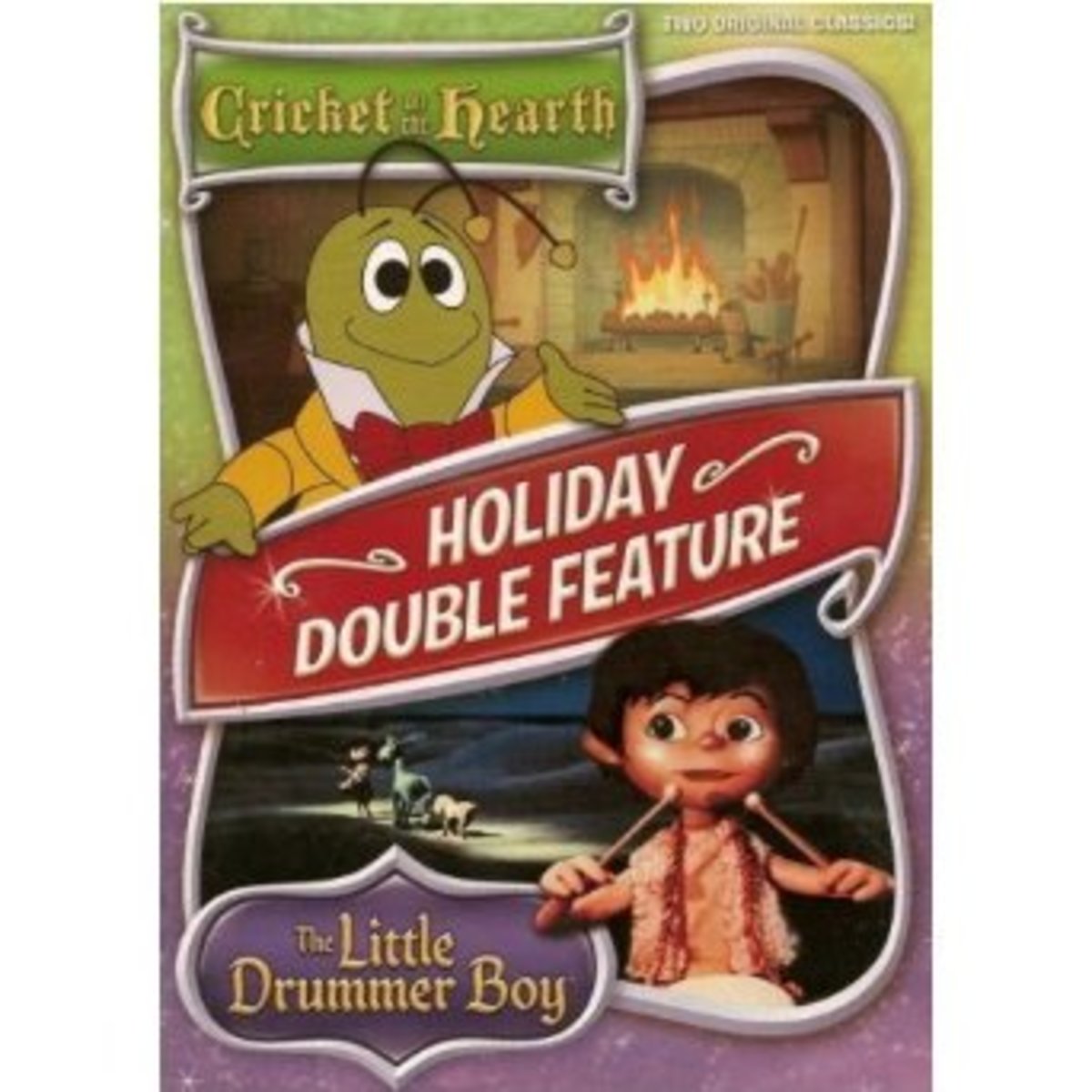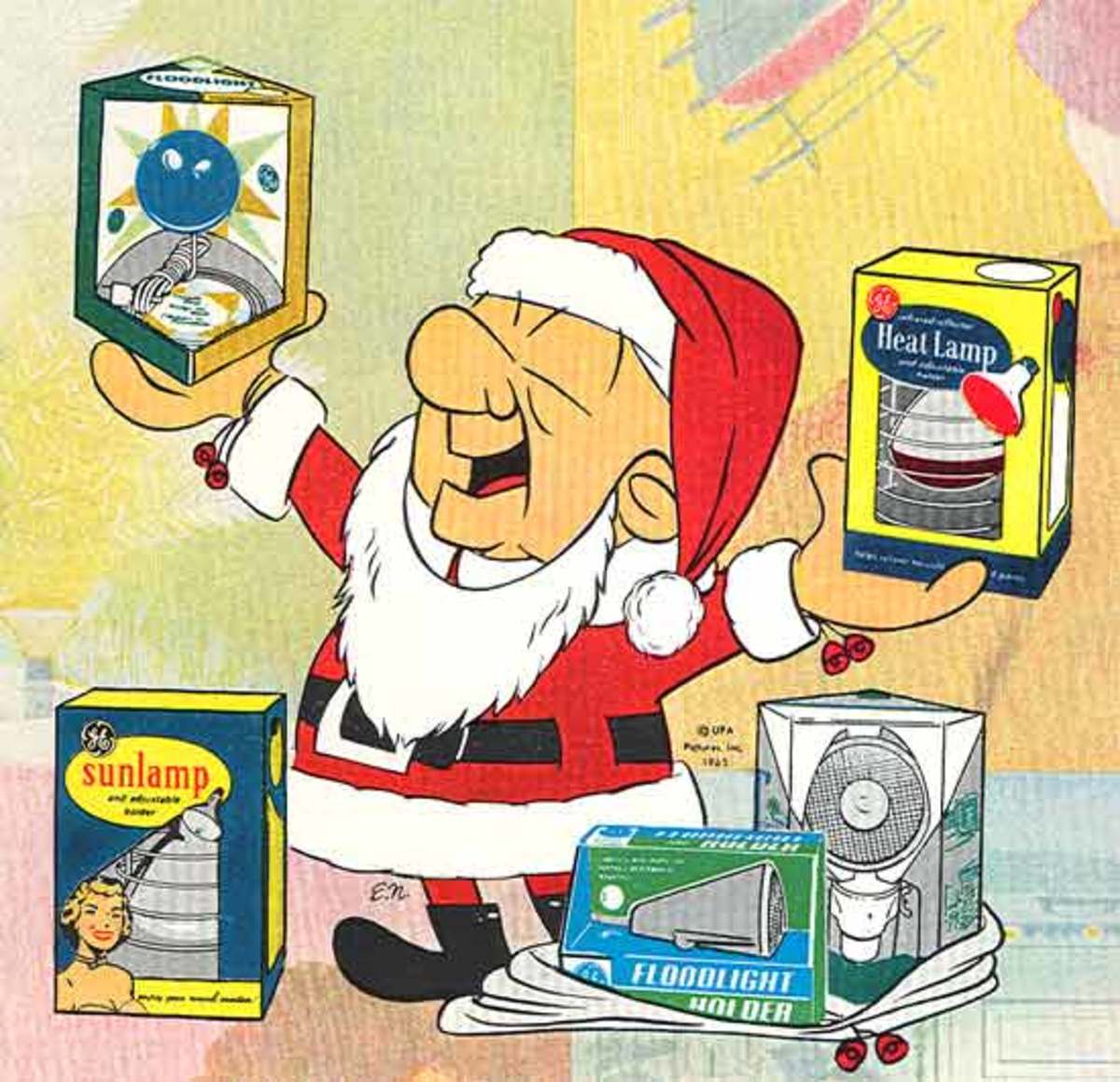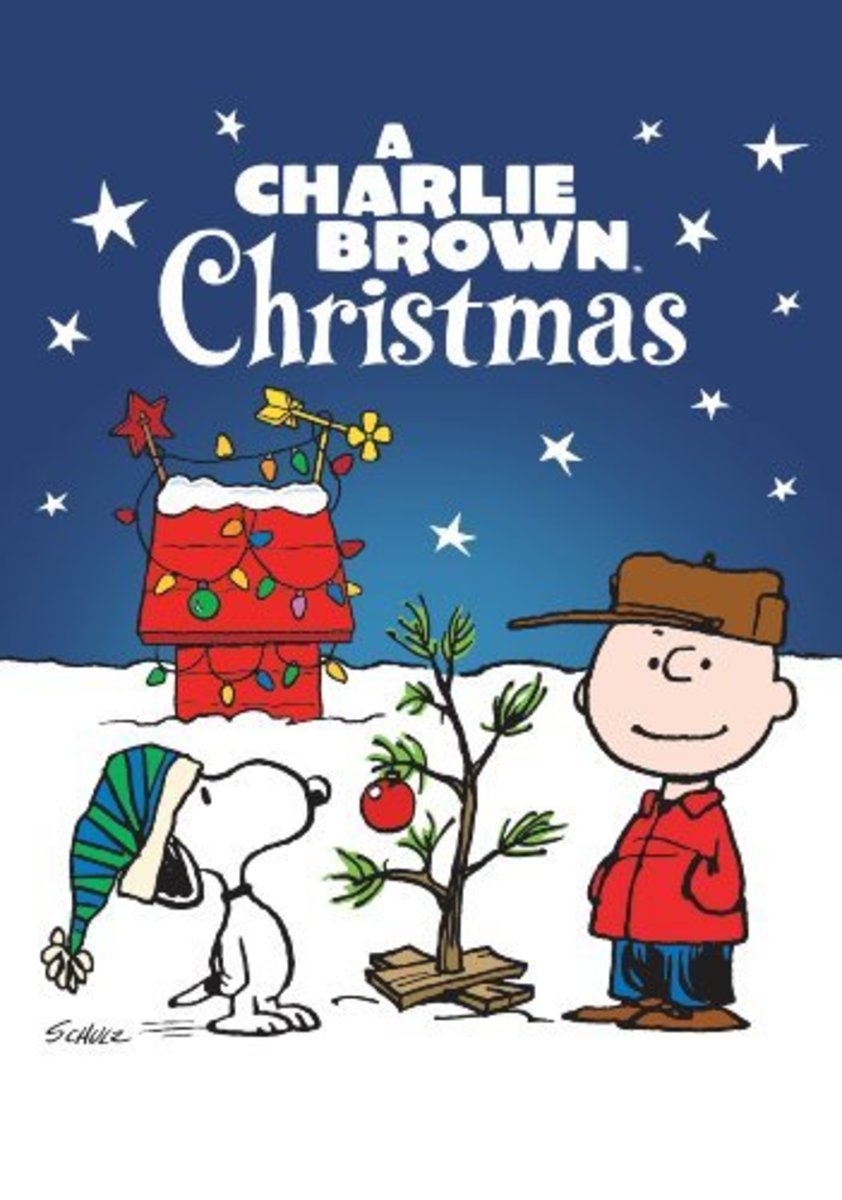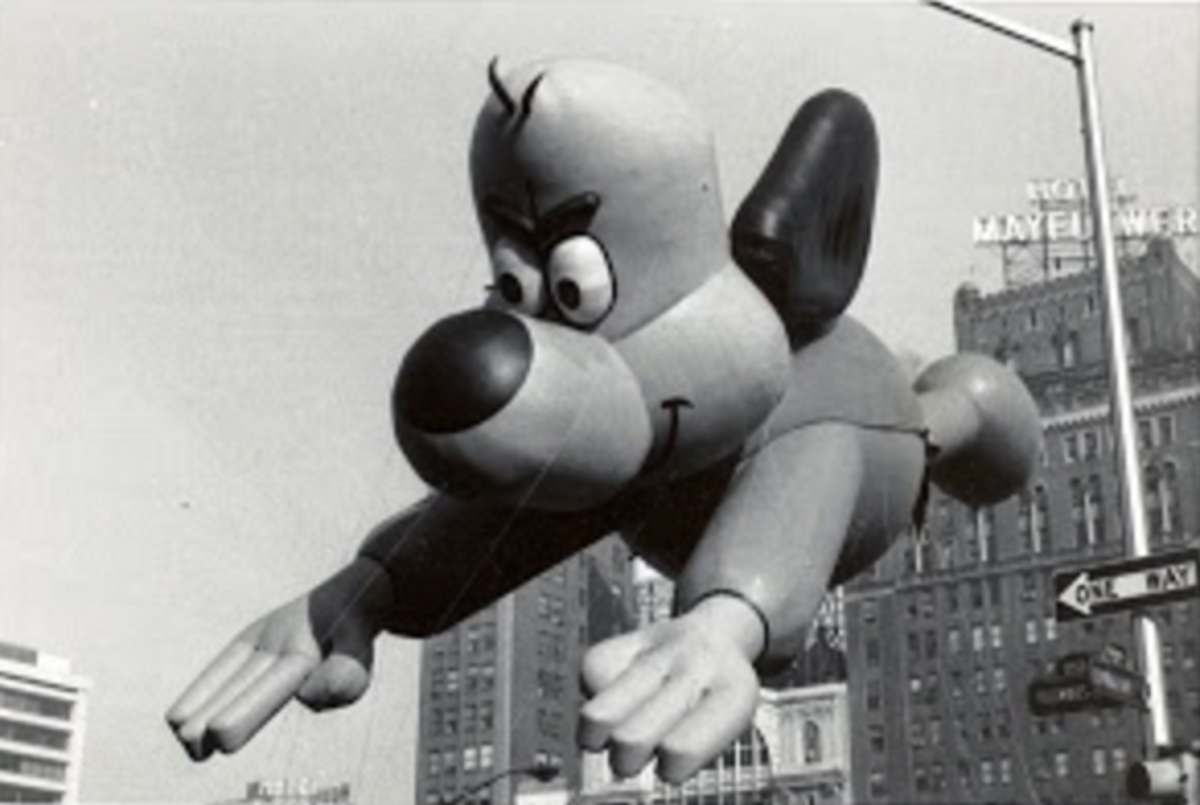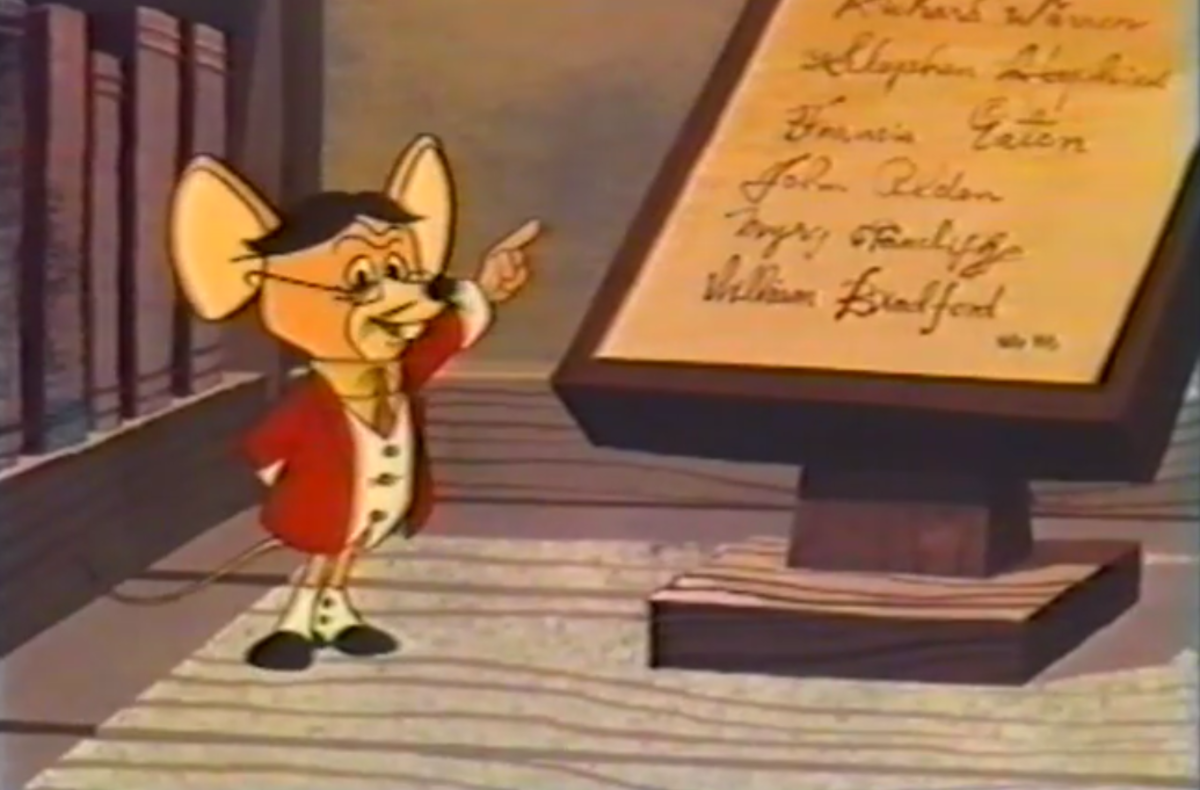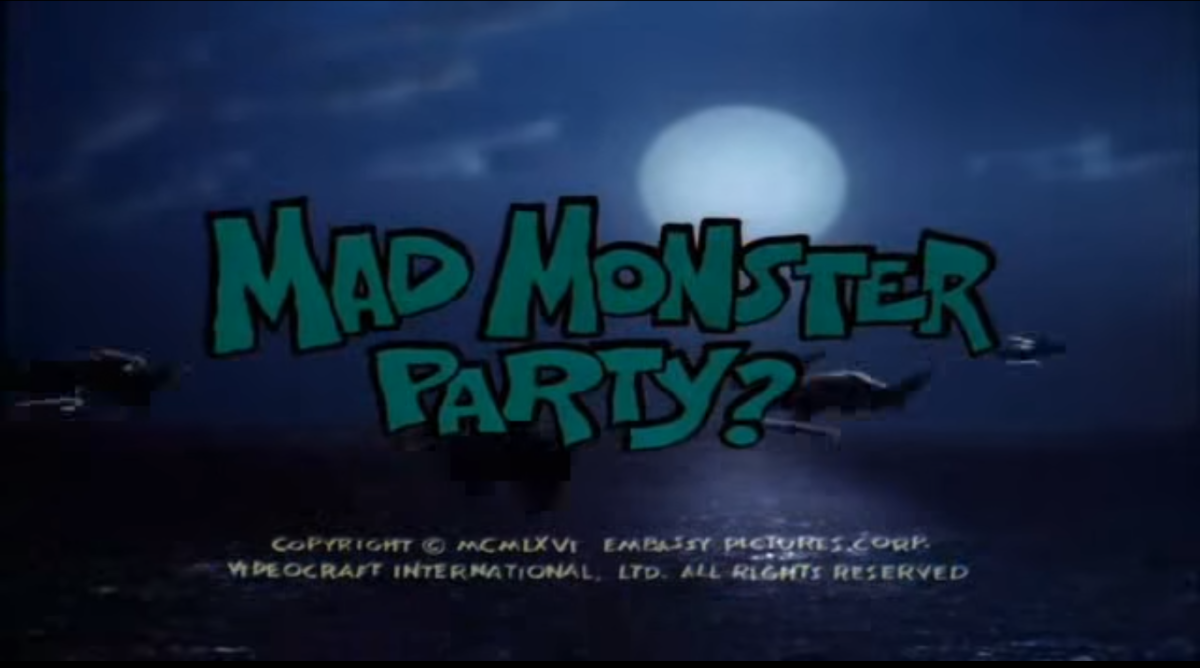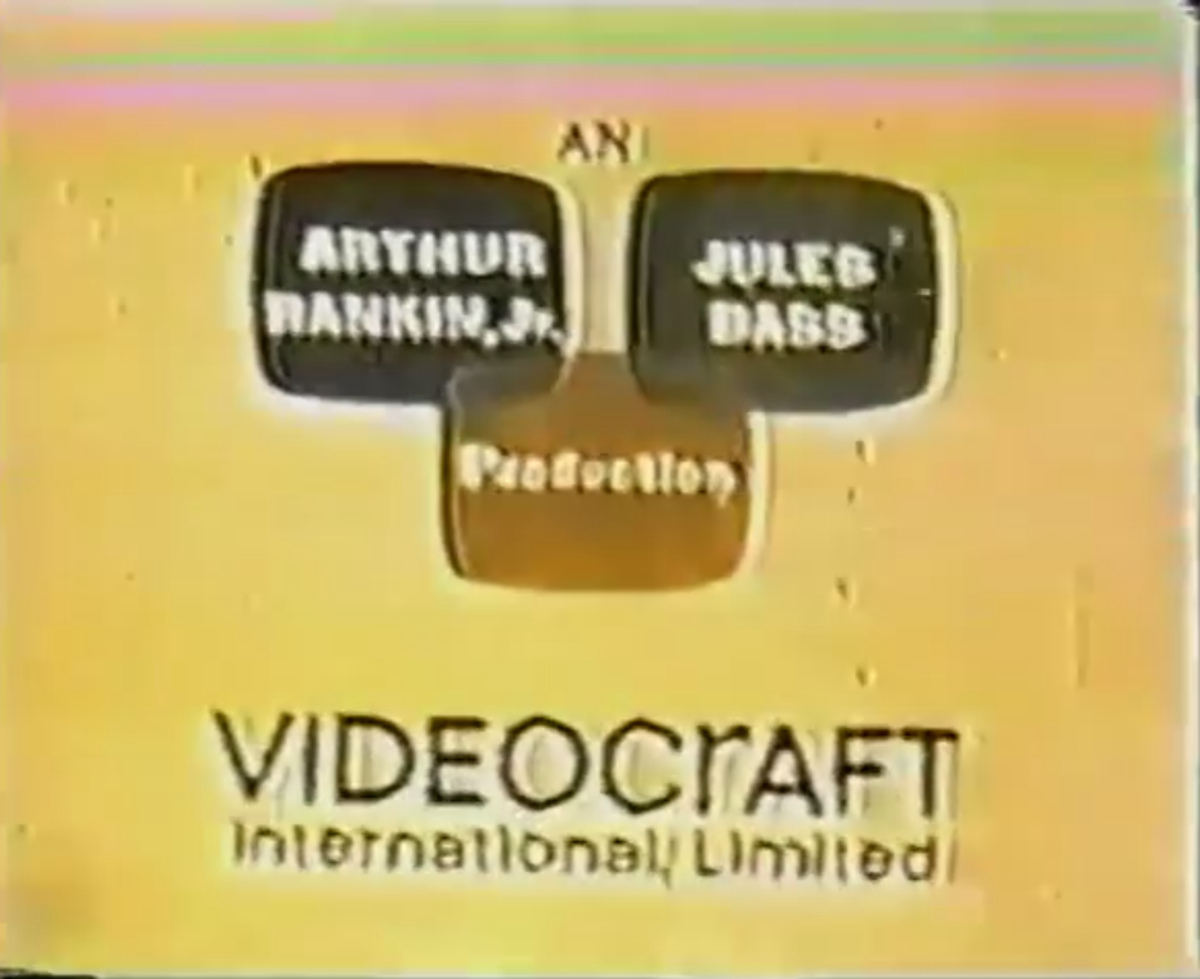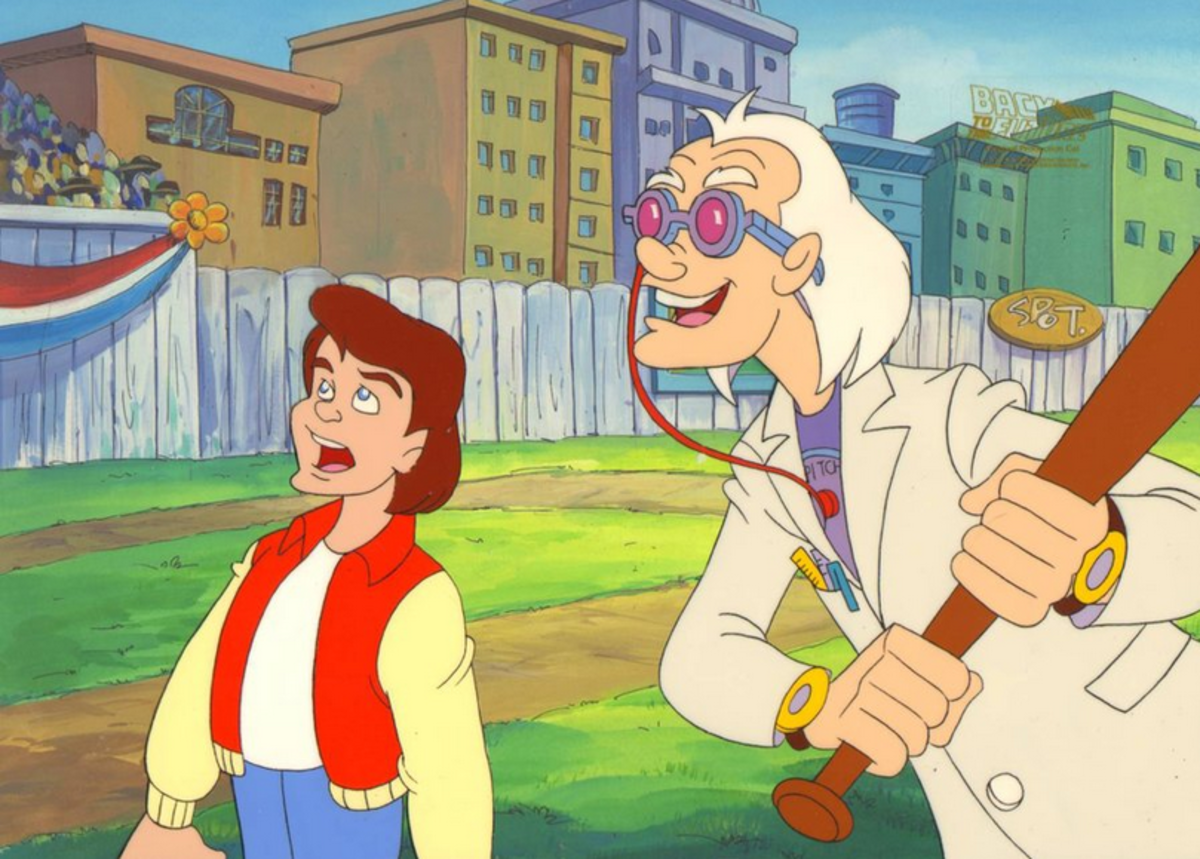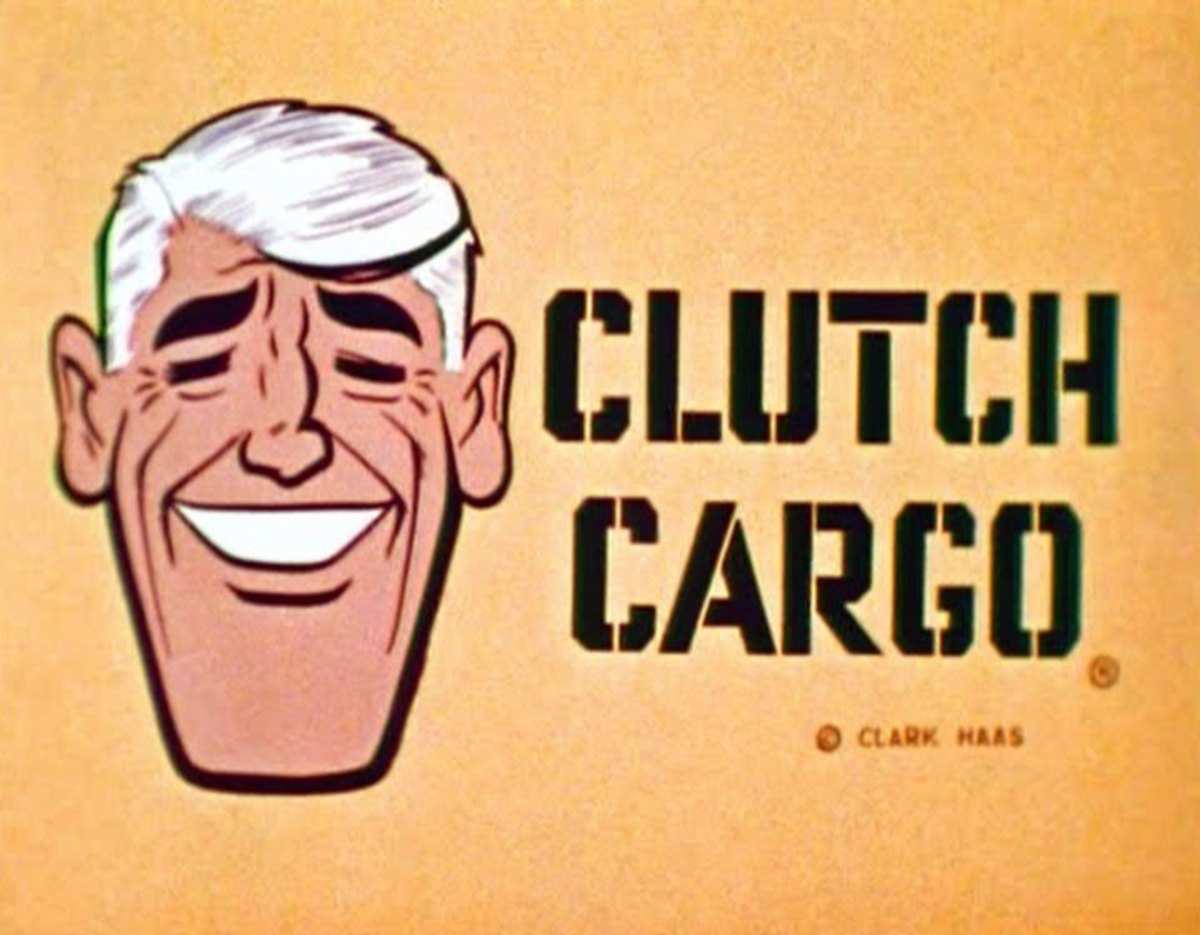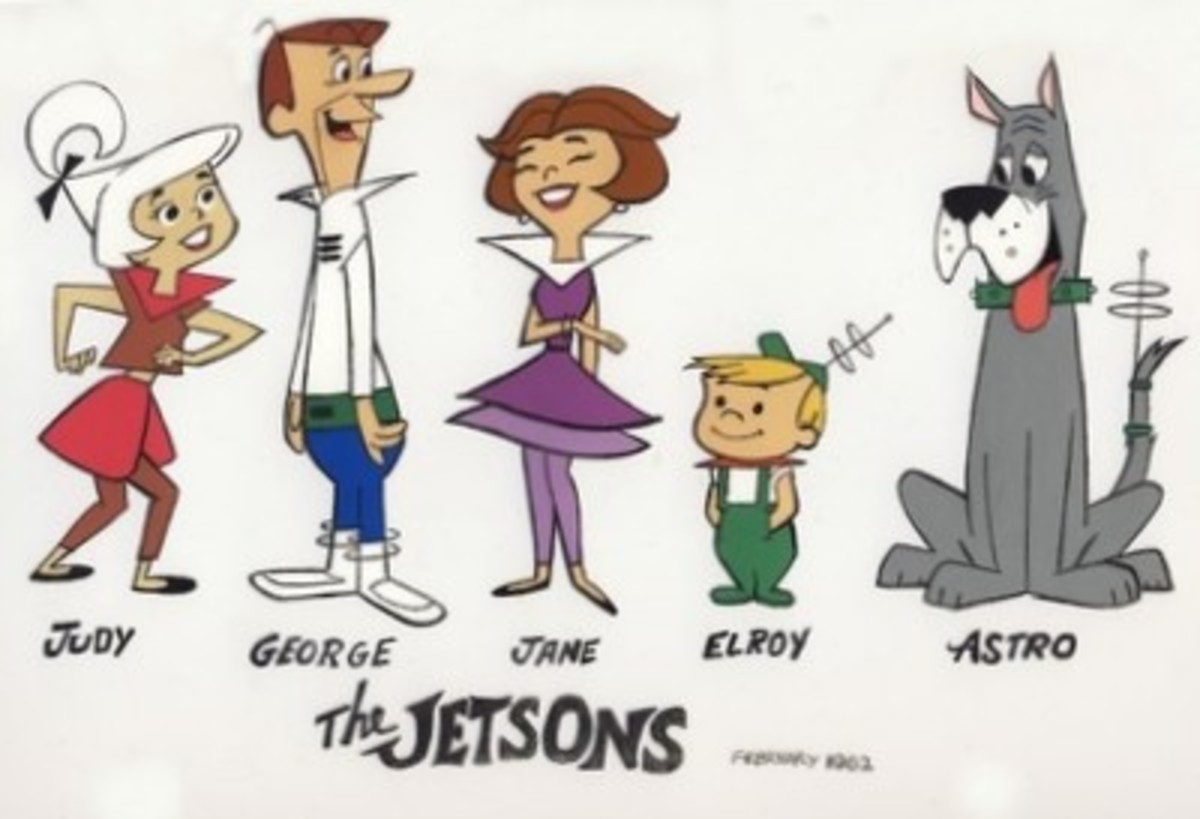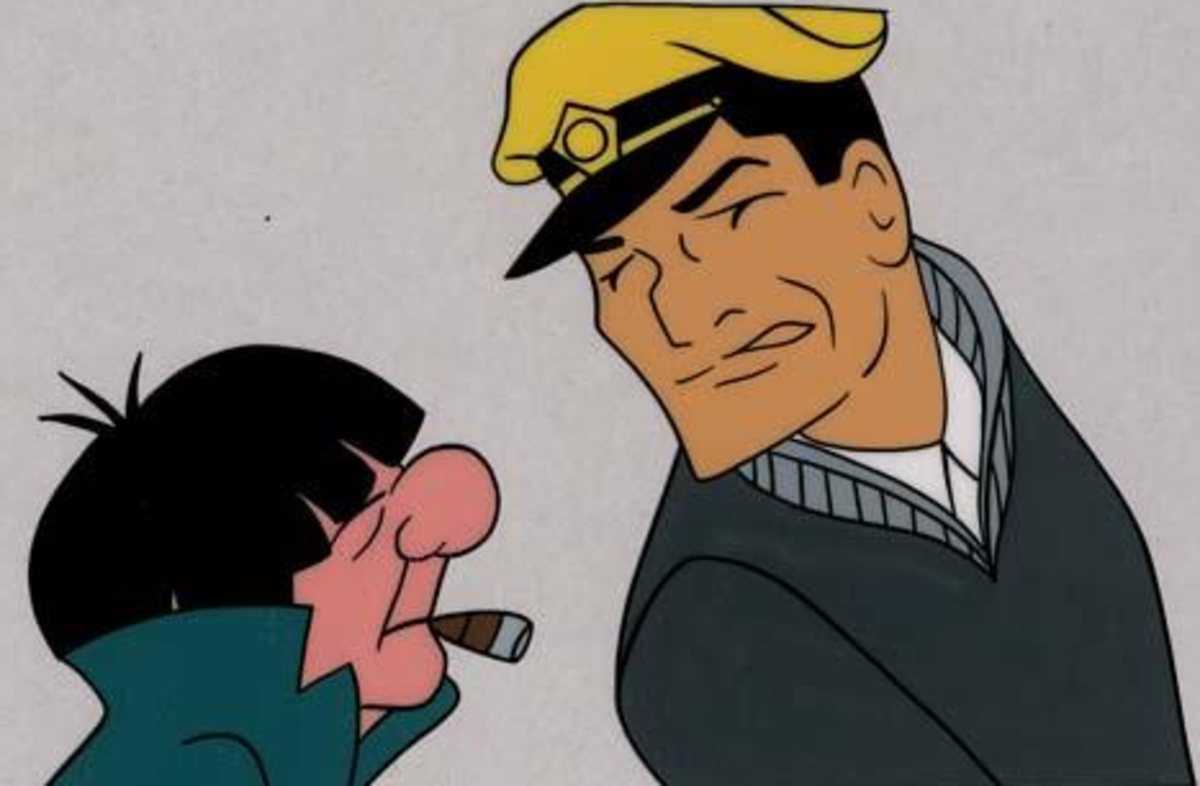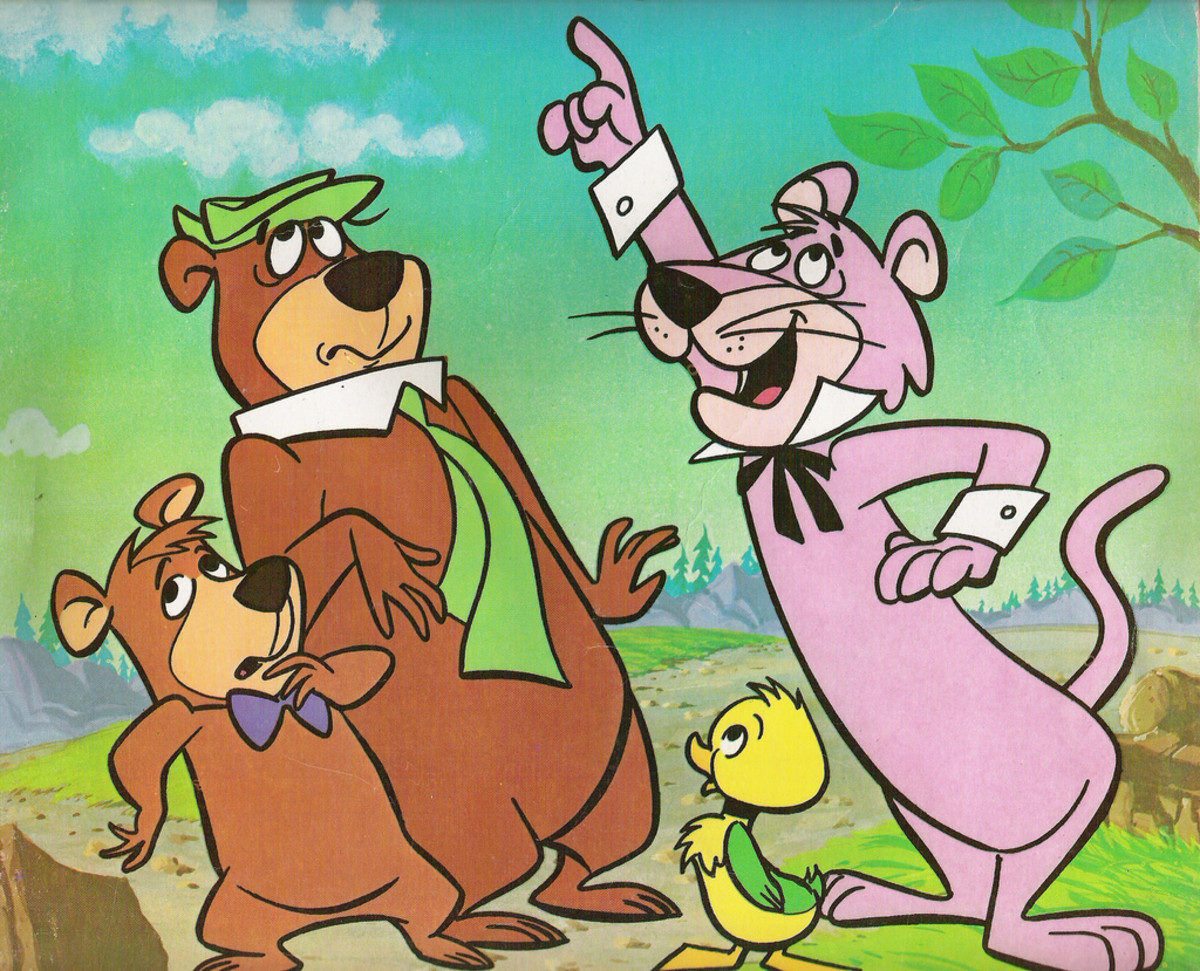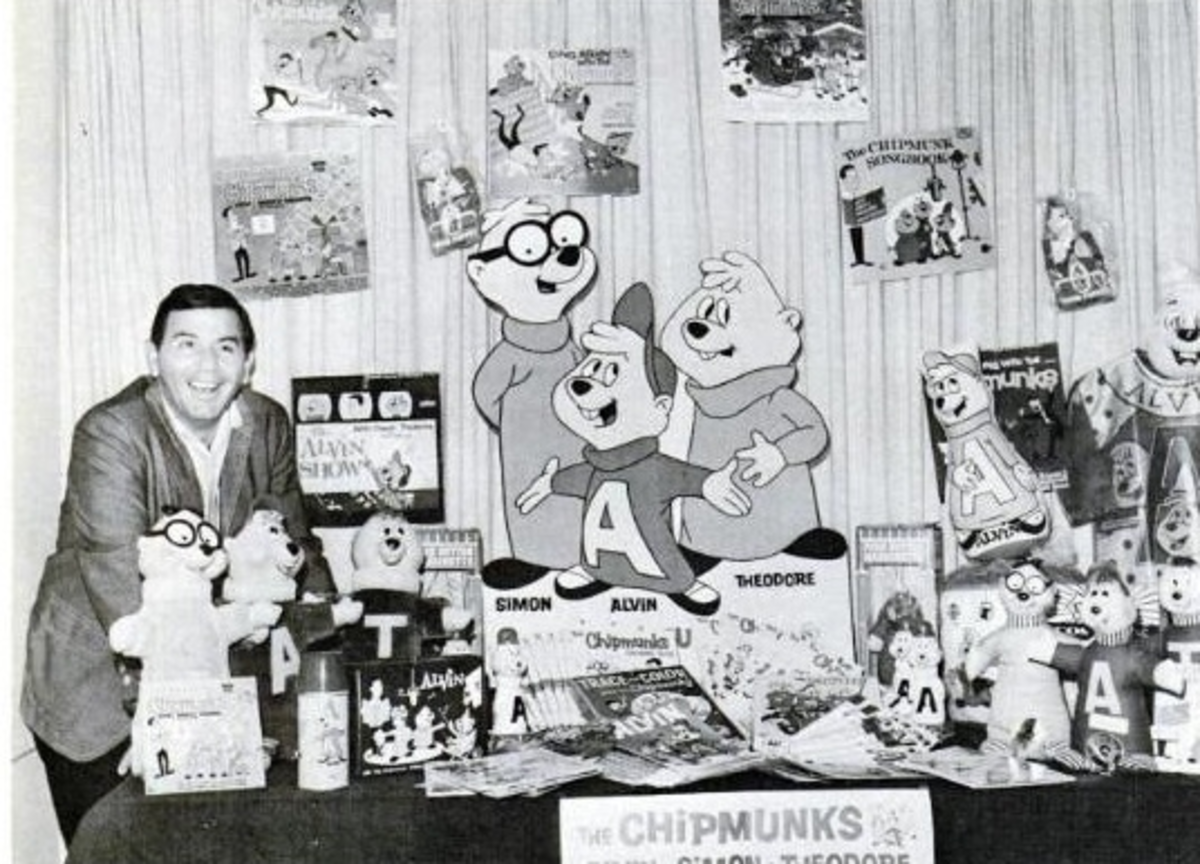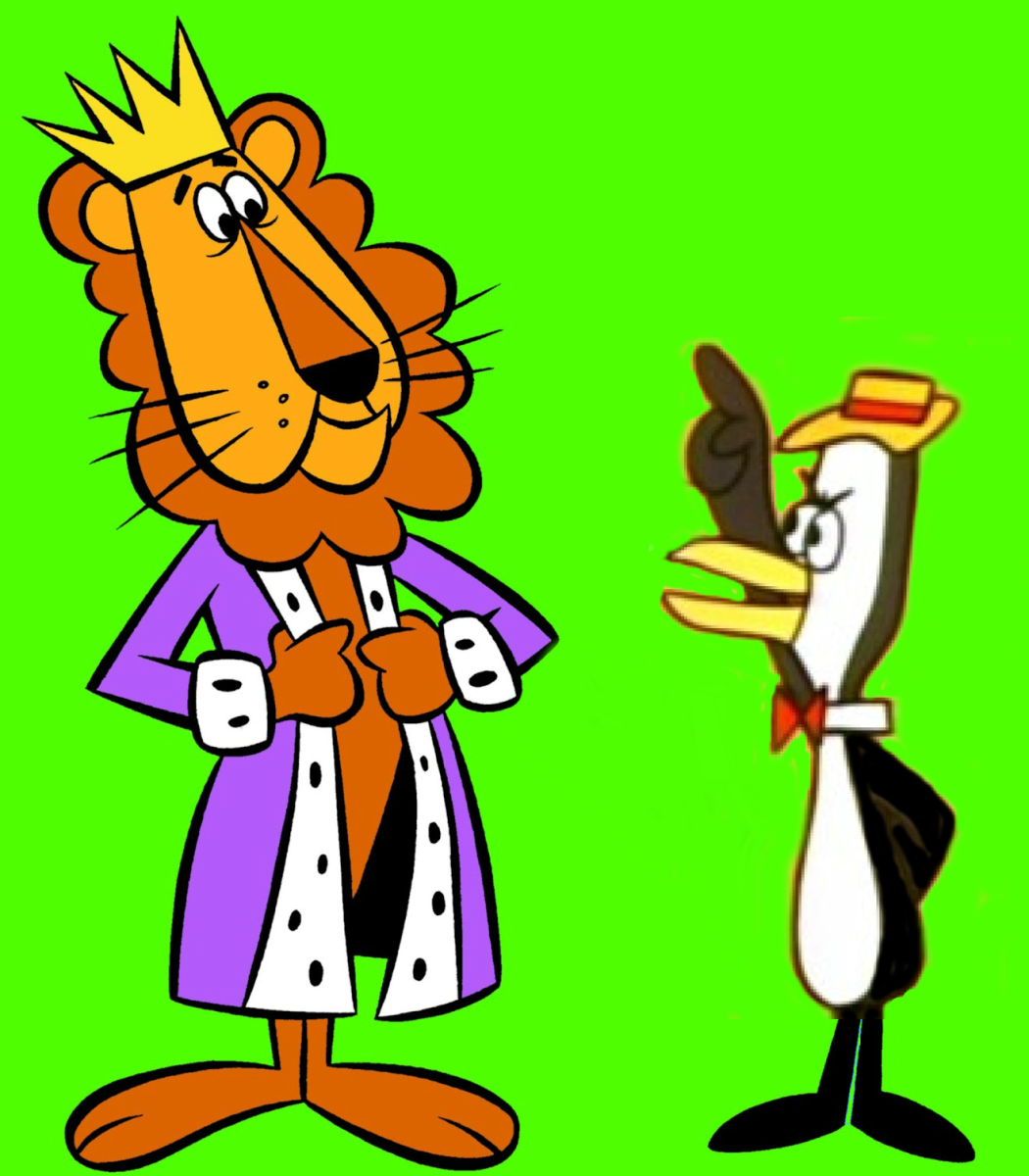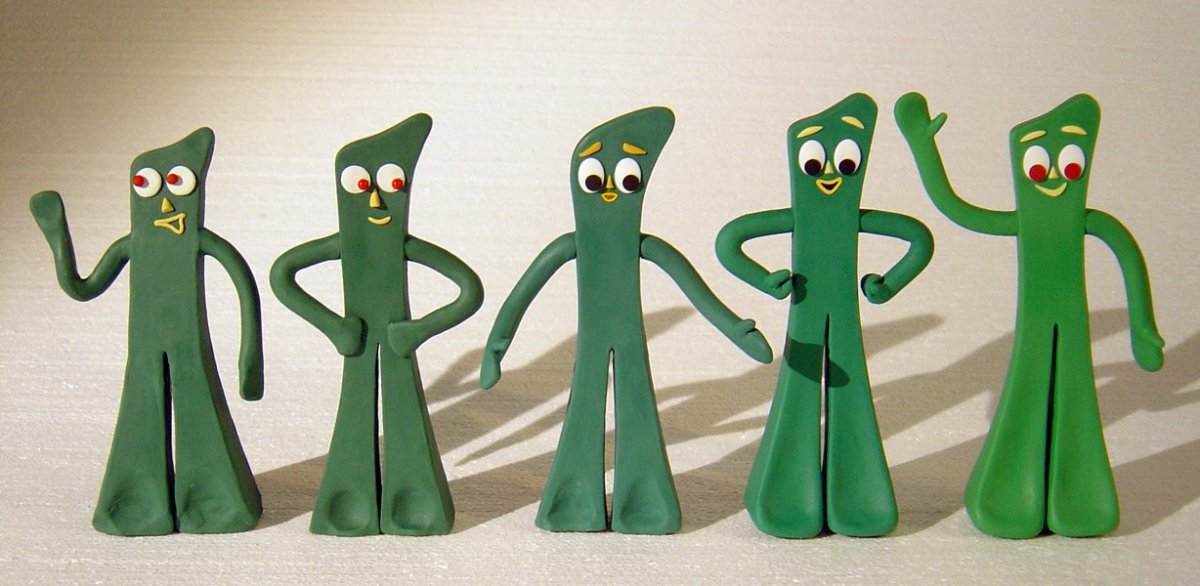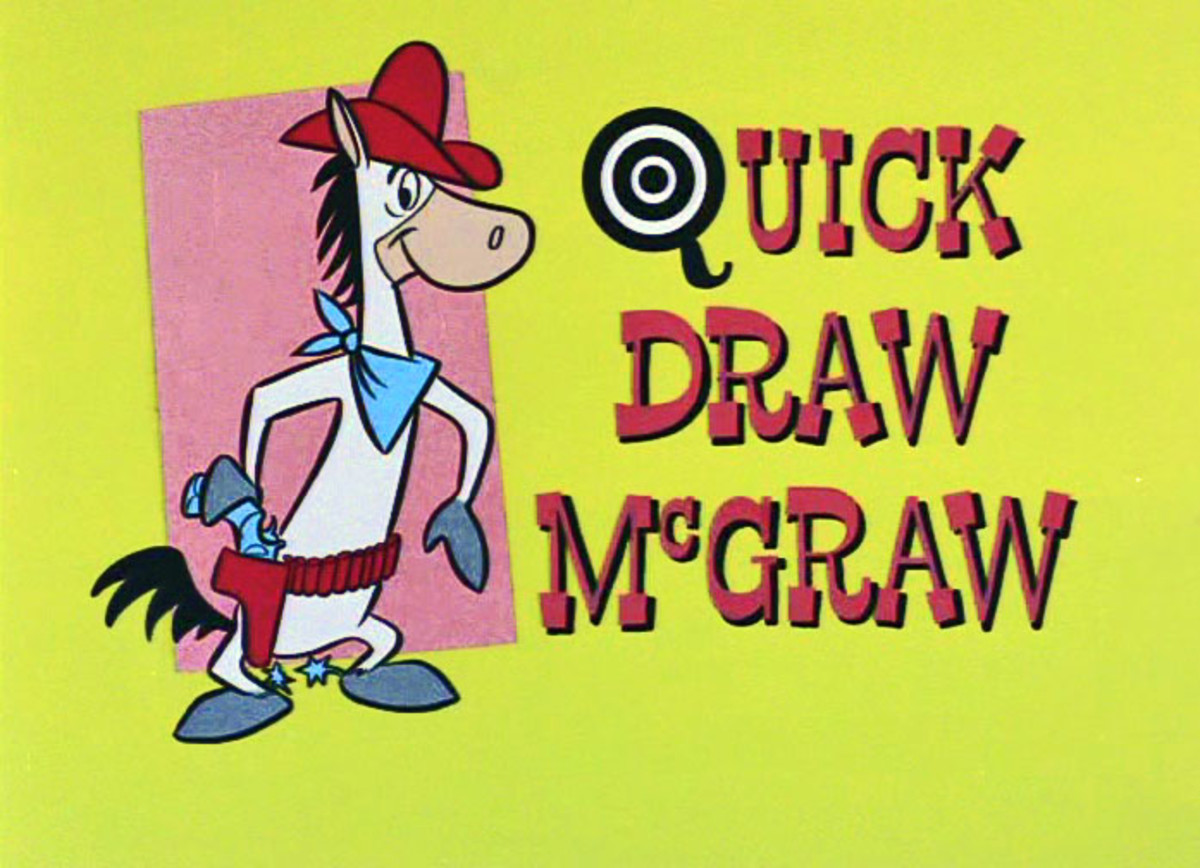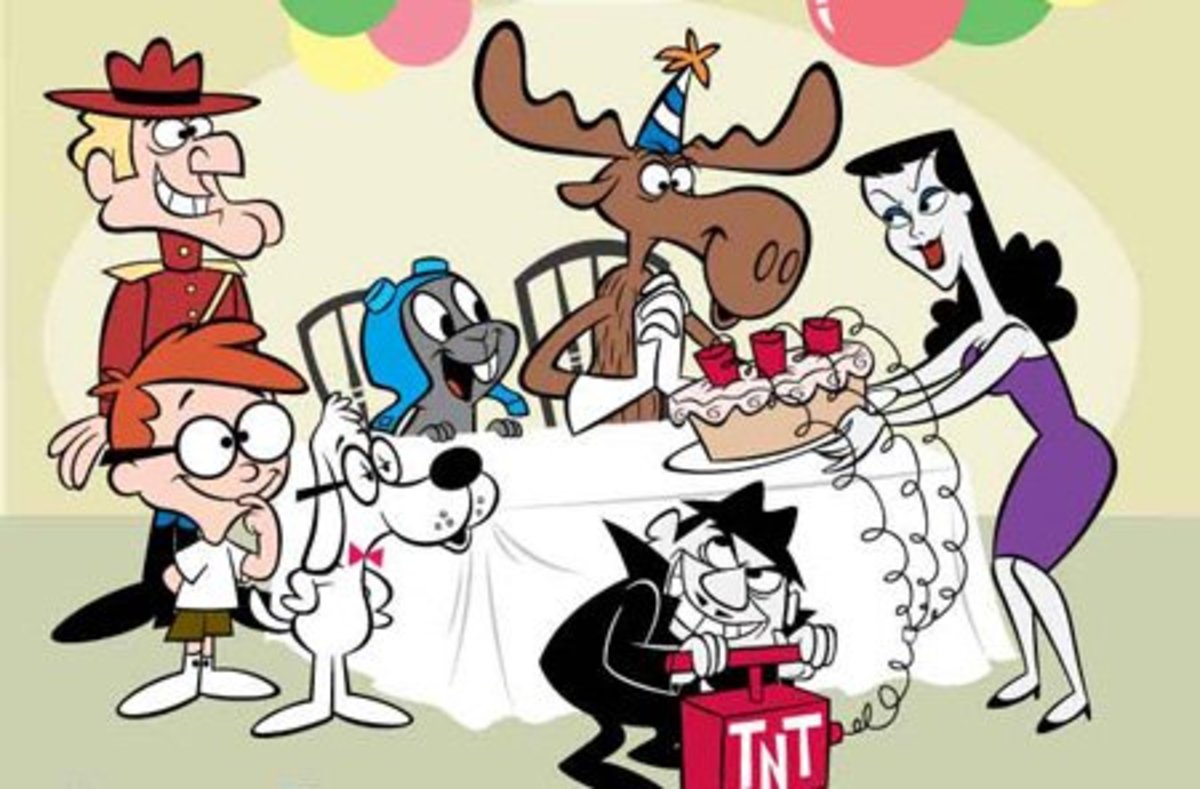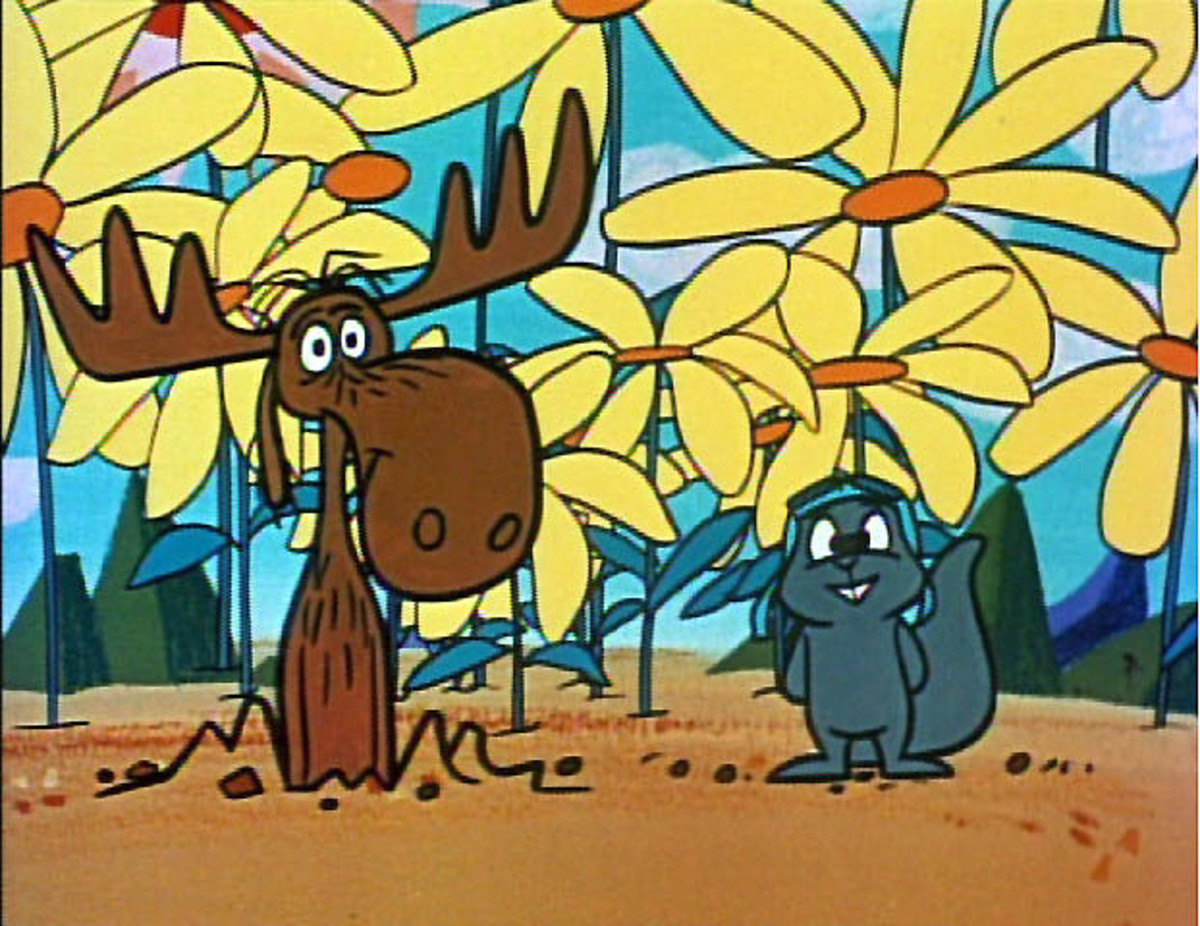 64
64- 1
Rankin/Bass Retrospective: "The Life and Adventures of Santa Claus" (1985)
The final Rankin/Bass Animagic special arrived in a 1985 adaptation of an L. Frank Baum book: "The Life and Adventures of Santa Claus."
- 0
Rankin/Bass Retrospective: "The Leprechauns' Christmas Gold"
For Christmas 1981, Rankin/Bass mixed Christmas and St. Patricks Day to create a new leprechaun-flavored holiday special.
- 3
Rankin/Bass Retrospective: "Pinocchio's Christmas"
The very first Rankin/Bass creation was a series based on "Pinocchio," so naturally their 20th-anniversary Christmas special saw Pinocchio's return.
- 1
"Jack Frost" Rankin/Bass Retrospective (1979)
The "Jack Frost" stop-motion movie by Rankin/Bass in 1979 closed out their "silver age," exploring the popular mythical figure of winter.
- 0
"Felix the Cat" (1959): Reviving a Cartoon Star With a Magic Bag of Tricks
"Felix the Cat" and his Magic Bag of Tricks returned to the spotlight in 1959, thanks to television.
- 1
The Origins of Animation
Take a look back at how animation began, all the way to the first traditionally animated cartoon.
- 0
History of Hanna-Barbera: "Scooby-Doo, Where Are You!" (1969)
Hanna-Barbera's character of Scooby-Do became beloved to generations of children, but where did it all start?
- 0
History of Hanna-Barbera: "The Space Kidettes" and "Young Samson"
Out of a partnership with a cereal company, Hanna-Barbera produced two separate series which became permanently joined together.
- 0
History of Hanna-Barbera: "The Atom Ant/Secret Squirrel Show"
"The Atom Ant/Secret Squirrel Show" by Hanna-Barbera was the last of the package series during their time Screen Gems distribution.
- 0
History of Hanna-Barbera: "The Banana Splits Adventure Hour"
Hanna-Barbera's first live-action series, "The Banana Splits" show. broke new ground with its costumed characters.
- 1
History of Hanna-Barbera: "The Man Called Flintstone" (1966)
"The Flintstones" was the most popular Hanna-Barbera series of the 1960s, so of course it was adapted to the big screen in 1966.
- 0
History of Hanna-Barbera: "Hey There, It's Yogi Bear!" (1964)
In 1964, Hanna-Barbera made the leap back to the silver screen with its first animated feature, based on the "Yogi Bear" TV series
- 0
Rankin/Bass Retrospective: "Rudolph and Frosty's Christmas in July"
With the '70s drawing to a close, Rankin/Bass put all their cards on the table with a feature-length crossover between Rudolph and Frosty set in July.
- 0
History of Hanna-Barbera: "Magilla Gorilla" and "Peter Potamus": The First Toyetic Cartoons
In 1964, Hanna-Barbera produced two shows—"Magilla Gorilla" and "Peter Potamus"—that became the first toyetic cartoons.
- 0
"Spider-Man" (1967): Spidey's First Cartoon and His Struggle Against Budget Cuts
It can be argued that Marvel's "Spider-Man" really took off after his first cartoon in 1967—although not without difficulties.
- 0
History of Hanna-Barbera: "Fantastic Four" (1967)
Hanna-Barbera teamed up with Marvel Comics to create the first "Fantastic Four" cartoon, Marvel's first family of superheroes.
- 0
History of Hanna-Barbera: "Herculoids," "Shazzan," and "Mighty Mightor"
CBS commissioned Hanna-Barbera to create three new series for 1967, including "Herculoids."
- 0
Finding Filmation: "The Adventures of Batman"
First Filmation had done "Superman," then "Aquaman"; they followed those up with the first animated adaptation of "Batman."
- 1
Finding Filmation: "The Superman/Aquaman Hour of Adventure"
After the success of "Superman," Filmation and CBS decided to pair it up with a hero never seen on screens before: Aquaman.
- 0
History of Hanna-Barbera: "Birdman and The Galaxy Trio"
1967 was a busy time for Hanna-Barbera in regards to creating superheroes; among them was "Birdman and the Galaxy Trio" for NBC.
- 0
History of Hanna-Barbera: "Space Ghost & Dino Boy"
In 1966, Hanna-Barbera created their first Saturday morning series, starring a hero named Space Ghost.
- 1
Finding Filmation: "The New Adventures of Superman" (1966)
"The New Adventures of Superman" cartoon put Filmation on the map and gave birth to the Saturday morning animation boom.
- 0
Finding Filmation: Their Humble Beginnings and Rod Rocket
While Hanna-Barbera was the king of TV cartoons during the 60's, a studio known as Filmation would eventually rise to stand toe-to-toe with them. This is the story of their formative years, their first TV series, and how the studio very nearly went bankrupt right out the gate.
- 1
The Marvel Super Heroes: Avengers First Assemblage in Animation
Nearly 50 years before the Avengers appeared on the silver screen, Marvel's superheroes made their first appearances on the small screen.
- 1
Rankin/Bass Retrospective: "Here Comes Peter Cottontail"
Rankin/Bass's "Here Comes Peter Cottontail" was an Easter special that shone a spotlight on all the other holidays as well.
- 0
Rankin/Bass Retrospective: "Rudolph's Shiny New Year" (1976)
"Rudolph the Red-Nosed Reindeer" is easily the best-known of the entire Rankin/Bass pantheon. But do you know about its sequel, "Rudolph's Shiny New Year"?
- 0
Rankin/Bass Retrospective: "The Stingiest Man in Town"
For their 1978 Christmas offering, Rankin/Bass brought new life to NBC's "The Stingiest Man in Town," a 1956 adaptation of "A Christmas Carol."
- 2
Rankin/Bass Retrospective: "The Little Drummer Boy Book II"/"Nestor the Long-Eared Christmas Donkey"
During the mid '70's, Rankin/Bass put a brief focus on the traditional Christmas story, with "The Little Drummer Boy II" and "Nestor."
- 0
Rankin/Bass Retrospective: "Frosty's Winter Wonderland"
For Rankin/Bass, 1976 was the year of sequels, beginning with a celebration of its most popular animated character, Frosty the Snowman.
- 1
Rankin/Bass Retrospective: "The First Christmas: The Story of the First Christmas Snow"
Find out about "The First Christmas" (1975), an often forgotten installment in the Rankin/Bass pantheon.
- 0
From "All of Us to All of You": An American Christmas Special That Became a Nordic Tradition
In 1958, Disney created a Christmas special for ABC; it later became a well-beloved Christmas tradition in Nordic countries.
- 1
Rankin/Bass Retrospective: "The Year Without a Santa Claus"
"The Year Without a Santa Claus," featuring a bit of Animagic and the two Miser Brothers, ushered in Rankin/Bass' silver age.
- 1
Rankin/Bass Retrospective - A Christmas Tree / 'Twas the Night Before Christmas
Between when Santa came to town and that year without him, Rankin/Bass produced two lesser-known, but still memorable, Christmas classics.
- 1
Christmas Cartoons on Television: 1972–1974
Five lesser-known Christmas specials, overshadowed by the Rankin/Bass productions, slipped in under the radar in the '70s.
- 0
Christmas Cartoons on Television: 1970 - 1971
While Mickey Rooney was putting one foot in front of the other, the rest of television was treated to two nativity scenes, an encounter with Santa, and a classic Christmas Carol.
- 2
Rankin/Bass Retrospective: "Santa Claus Is Comin' to Town"
"Frosty" and "Rudolph" both showed that Rankin/Bass could turn popular Christmas tunes into beloved specials. But what about Santa himself?
- 0
Cartoon Footnotes: 1954 - 1957
Still in the infancy of television animation, experimental series emerged, including television's first color cartoon and TerryToons first foray off the silver screen.
- 0
Cartoon Footnotes: 1949-1953
With the start of a new year, we venture back to the dawn of television to take a look at some little-known cartoons from the era of the Baby Boomer.
- 0
Rankin/Bass Retrospective: "Frosty the Snowman"
Five years after "Rudolph," Rankin/Bass would recapture the Christmas spirit with a new special based on another popular song, "Frosty the Snowman."
- 0
How the Grinch Stole Christmas: The Dr. Seuss Classic Comes to Television
In 1966, MGM brought the world of Dr. Seuss to the screen for the first time with an animated adaptation of How the Grinch Stole Christmas.
- 0
Rankin/Bass Retrospective: Cricket on the Hearth / The Little Drummer Boy
In 1967 and 1968, Rankin/Bass adapted a Charles Dickens classic and another popular contemporary Christmas song, making two more Christmas classics to add to their repertoire.
- 1
Christmas Cartoons on Television: 1953 - 1963
Mr. Magoo! Popeye! Gumby! Rocky and Bullwinkle! Beetle Bailey! Check out some of the earliest animated Christmas specials and episodes from the early 60's!
- 1
"A Charlie Brown Christmas" (1965): The First "Peanuts" Holiday Special
Back in 1965, "Peanuts" finally made its way to TV with "A Charlie Brown Christmas." Here's a look back at it and its creator.
- 3
Rankin/Bass Retrospective - "Rudolph the Red-Nosed Reindeer"
"Rudolph the Red-Nosed Reindeer" has become perhaps the most popular Rankin/Bass special of all. But how did the story itself start?
- 1
Thanksgiving Cartoons of the 1960's
From Calvin and the Colonel, to Davey & Goliath, to Underdog, take a look at the animated Thanksgiving specials of the 1960's.
- 0
Rankin/Bass Retrospective: "The Mouse on the Mayflower"
Though Rankin/Bass made many holiday films, 1968's "The Mouse on the Mayflower" is the only Rankin/Bass Thanksgiving special.
- 0
Rankin/Bass Retrospective: Mad Monster Party?
Rankin/Bass produced Mad Monster Party (starring Boris Karloff) in 1967, coinciding with a resurgence in the popularity of movie monsters.
- 2
Rankin/Bass Retrospective: King Kong & Smokey the Bear (1966-1969)
In the late 1960's, two pop culture icons (King Kong and Smokey the Bear), as well as the works of Hans Christian Anderson and other fairy tales got the Rankin/Bass treatment.
- 0
Rankin/Bass Retrospective: Beginnings (1960-1965)
You may know Rudolph and Frosty, but do you recall Willy McBean and his Magic Machine? Take a look into the early works of Rankin/Bass before they became synonymous with the Christmas season.
- 0
It's the Great Pumpkin, Charlie Brown: The Peanuts Take on Halloween
In 1966, Charles Shultz's Peanuts aired its third animated special, and so the legend of the Great Pumpkin was born.
- 0
Back to the Future: The Animated Series
CartoonHistorian returns with a trip into the future to take a look at the continuing adventures of Doc Brown and Marty McFly
- 1
Cambria Productions: On the Lips of Syncro-Vox
The Syncro-Vox technique, developed by Cambria Productions, cut down on the animation costs by inserting real lips onto animated faces.
- 0
History of Hanna-Barbera: "The Jetsons" (1962) & "Wally Gator"
Hanna-Barbera's 1962 hit "The Jetsons" was accompanied by another launch that same year: "Wally Gator."
- 1
Mr. Magoo and Dick Tracy: The Television Animation of UPA
After the financial flop of their only feature film, United Productions of America (UPA) set their sights on television, bringing both Mr. Magoo and Dick Tracy to the small screen for the first time.
- 2
History of Hanna-Barbera: "The Yogi Bear Show" & "Top Cat"
Hanna-Barbera gave Yogi Bear his own show in 1961; at the same time, they also produced a new series for prime-time called "Top Cat."
- 0
"The Alvin Show" (1961–62): The Chipmunks Arrive on Television
Alvin and the Chipmunks were a popular act during the late 1950s. Looking to expand the characters beyond novelty records, creator Ross Bagdasarian created an animated TV series. "The Alvin Show" only ran for 26 episodes between 1961–62, but the Chipmunks went on to establish a cultural legacy.
- 5
History of Hanna-Barbera: "The Flintstones"
In 1960, Hanna-Barbera was offered the chance to create a series for prime-time television. What they came up with was "The Flintstones," one of the most iconic cartoons to ever air on TV. Here's the history behind the show.
- 3
Saturday Morning's First Cartoons: "King Leonardo" and "Tennessee Tuxedo"
Saturday morning cartoons were a major staple of US television, but which cartoon started this trend? In 1960, General Mills opened the gate with the first Saturday morning cartoon: "King Leonardo."
- 5
"'Gumby": The Resurrection of Clay Animation
Stop-motion animation using clay had been experimented with almost as long as film itself, but it was thanks to Art Clokey's Gumby in 1955 that clay became a mainstream form of animation.
- 1
History of Hanna-Barbera: "The Quick Draw McGraw Show" & "Loopy de Loop"
Hanna-Barbera was already on a roll in 1959 when they added "Quick Draw McGraw" and "Loopy de Loop" to their lineup.
- 1
"Rocky & Bullwinkle" Retrospective: “Fractured History” or “Don’t Take Advice From a Moose Puppet”
Rocky & Bullwinkle were not alone, being joined by characters such as Mr. Peabody, Sherman, and Dudley Do-Right.
- 1
"Rocky & Bullwinkle" Retrospective: How Jay Ward Returned to Television
Jay Ward, following his success with "Crusader Rabbit," began planning his next hit series. It would be a long ten years, but it eventually bore two iconic characters, the moose and squirrel cartoon known as "Rocky and Bullwinkle."
- 1
Hanna-Barbera History: "The Huckleberry Hound Show"
Hanna-Barbera took a risk in 1958 making television's "The Huckleberry Hound Show," "Yogi Bear," and more, but it opened the doors wide for countless animated series to come.
- 4
History of Hanna-Barbera: "The Ruff and Reddy Show" (1957): The Birth of Hanna-Barbera
Here's how the 1957 animated series "The Ruff and Reddy Show" came into existence.
- 2
Crusader Rabbit: How Television's First Cartoon Reshaped Animation
Crusader Rabbit, created by Alex Anderson and Jay Ward, was television's first original cartoon and an important milestone, shaping the groundwork for how we view TV animation today.
